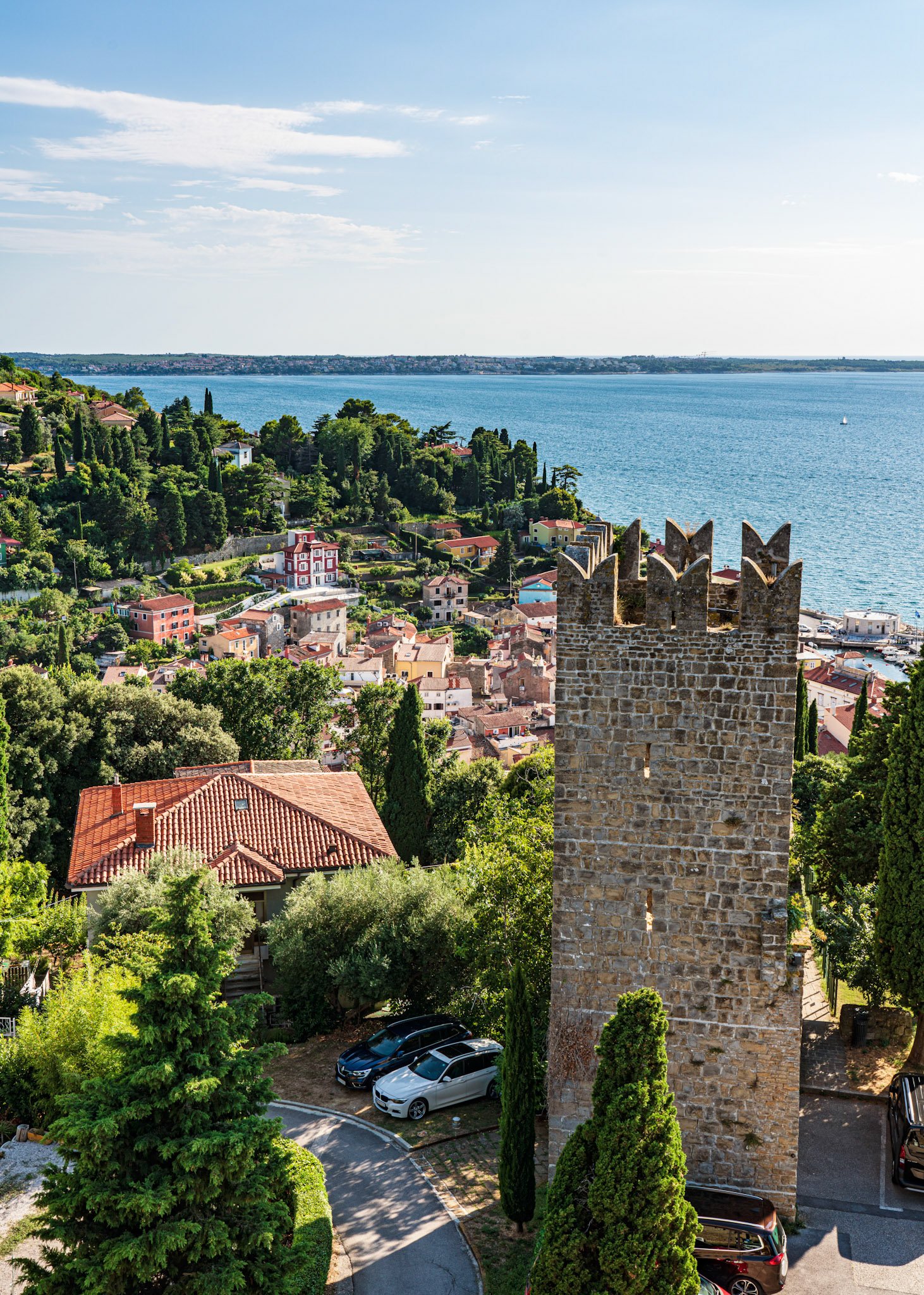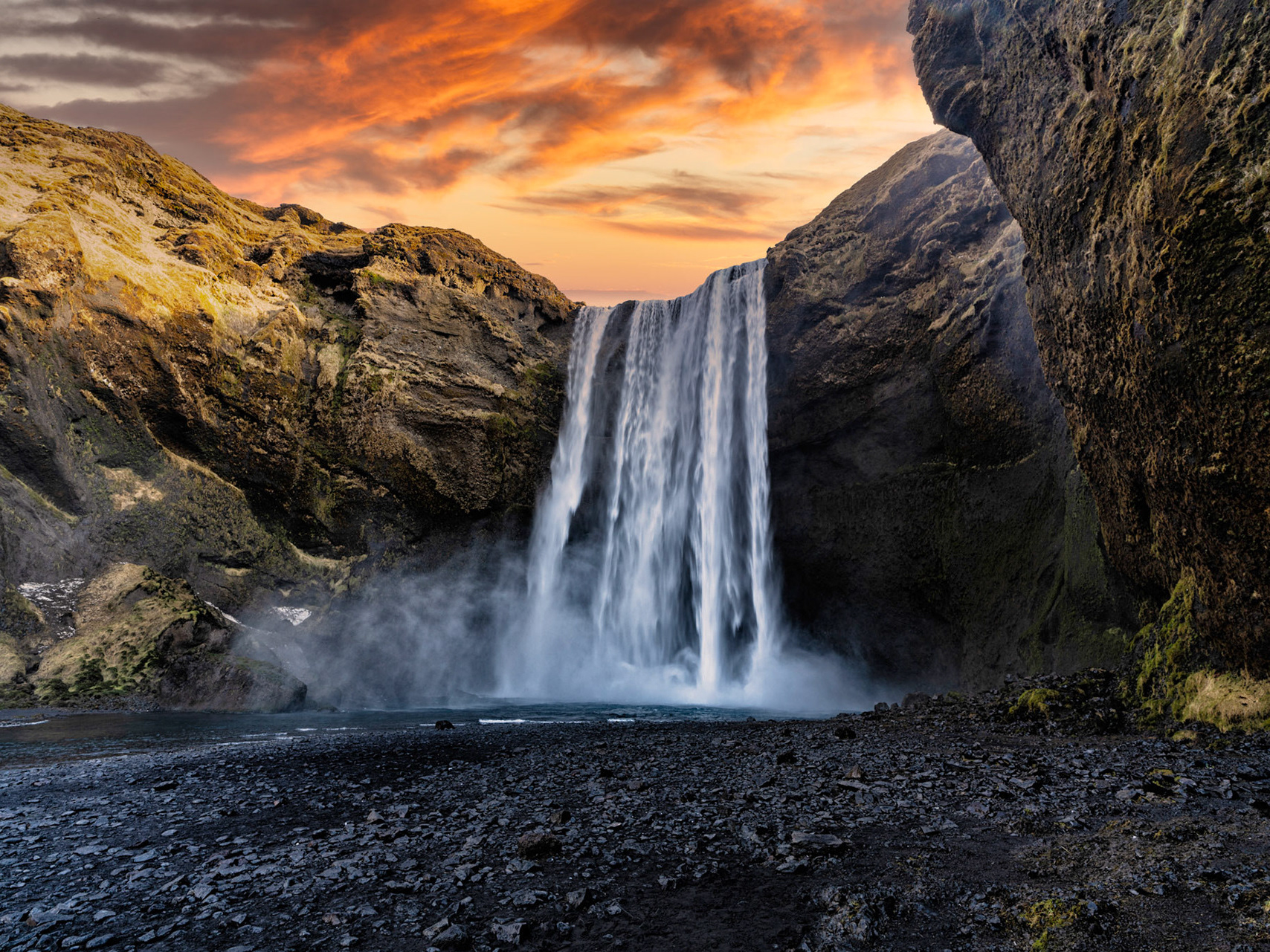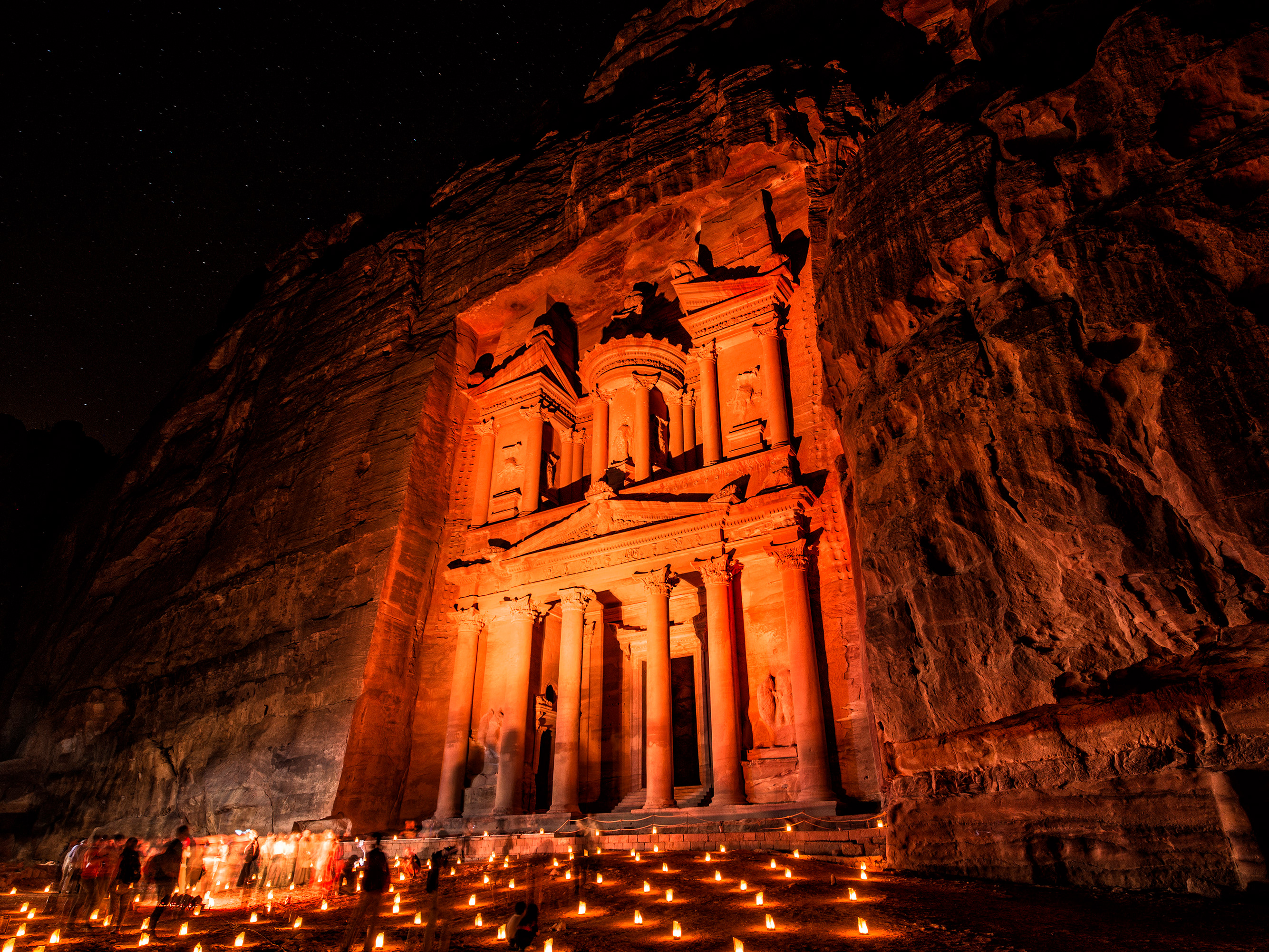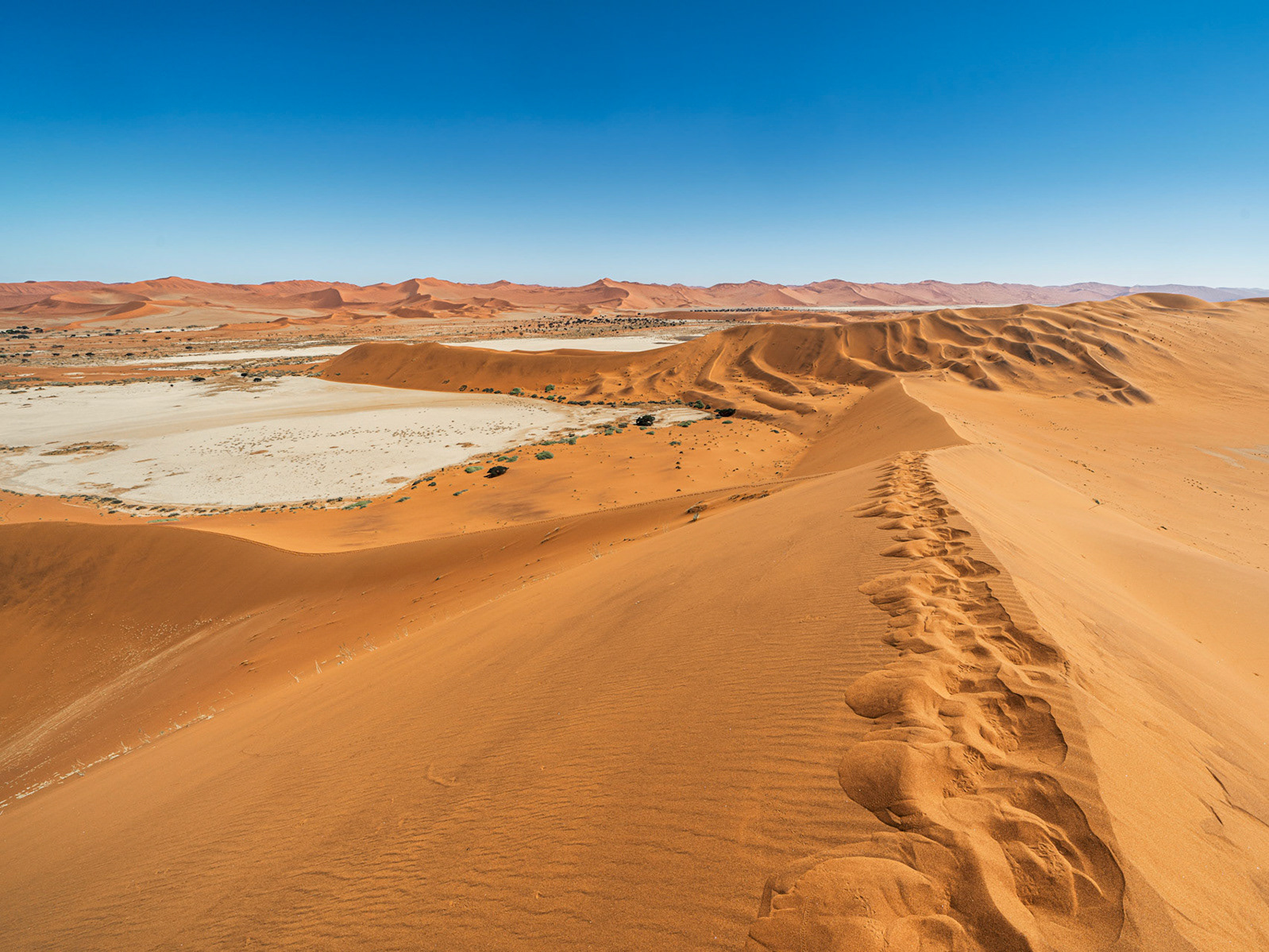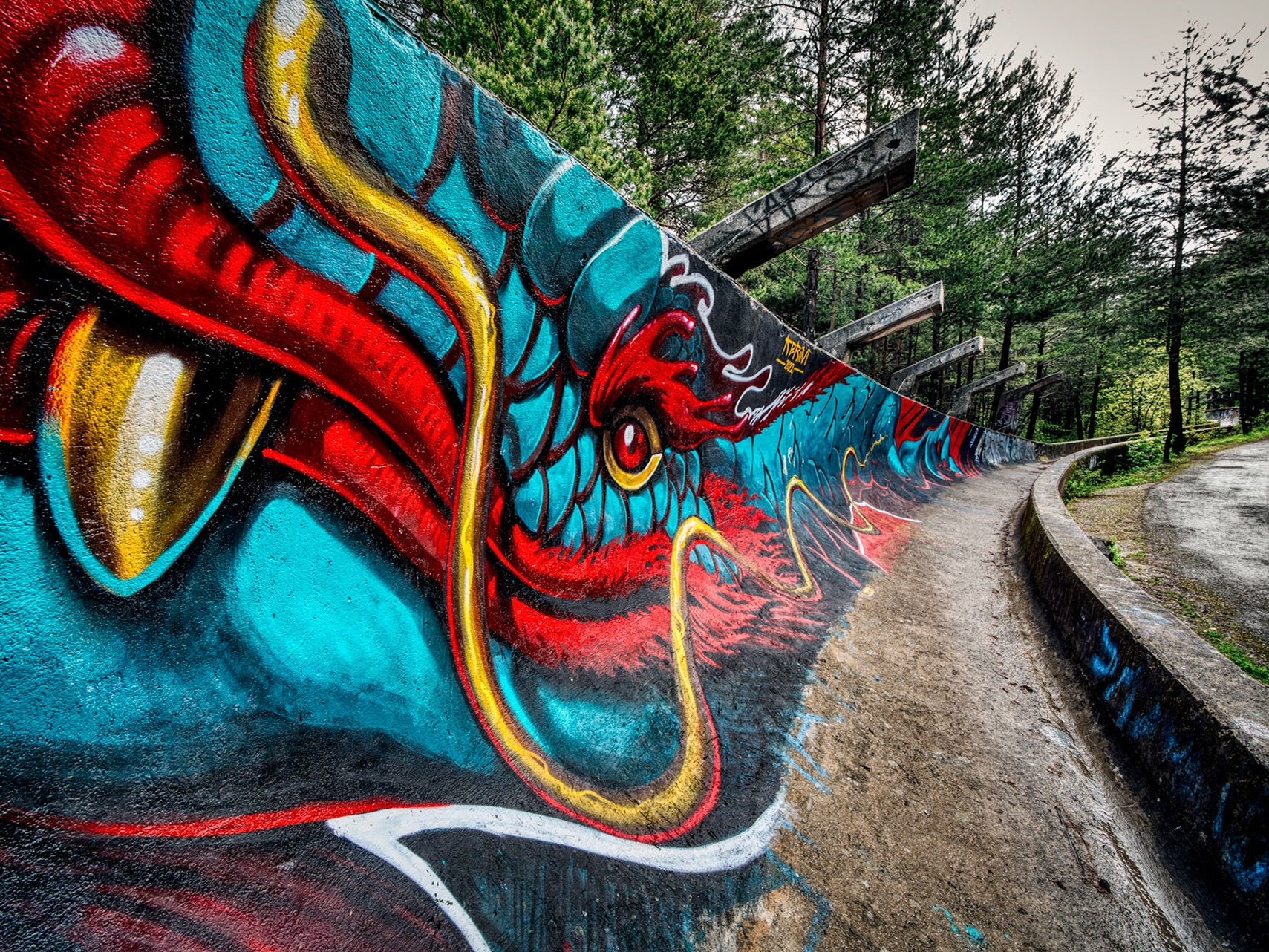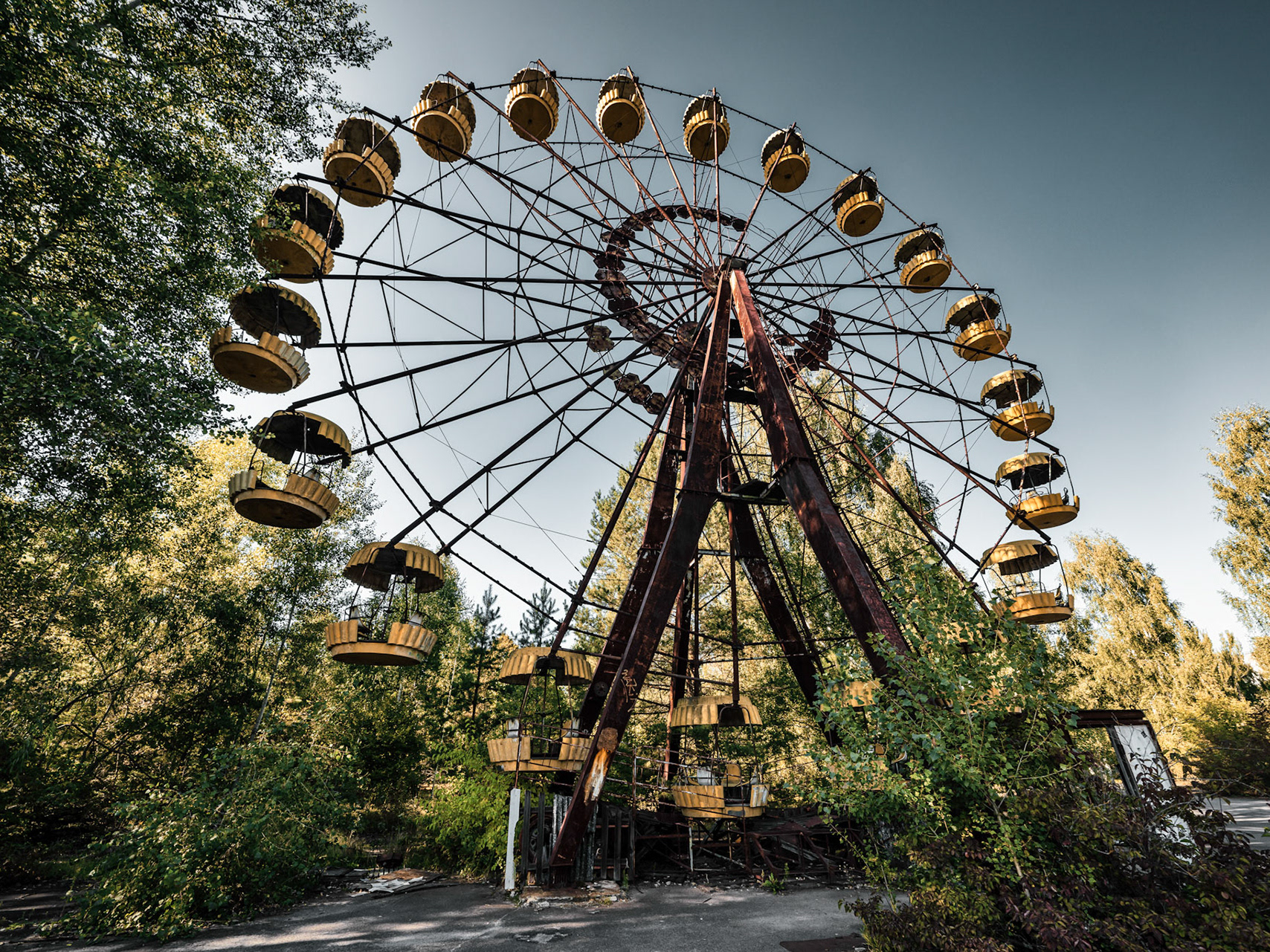Triglav National Park
Triglav National Park is Slovenia’s largest protected area and only national park. The park encompasses most of the eastern Julian Alps, a spectacular mountain range that forms part of the Southern Limestone Alps.
As you explore the park, you’ll encounter crystal-clear rivers, glacier-carved valleys, alpine lakes, high-altitude pastures, gorges and stunning peaks. The focal point of the park is no doubt Mount Triglav (2864 m), Slovenia’s highest mountain.
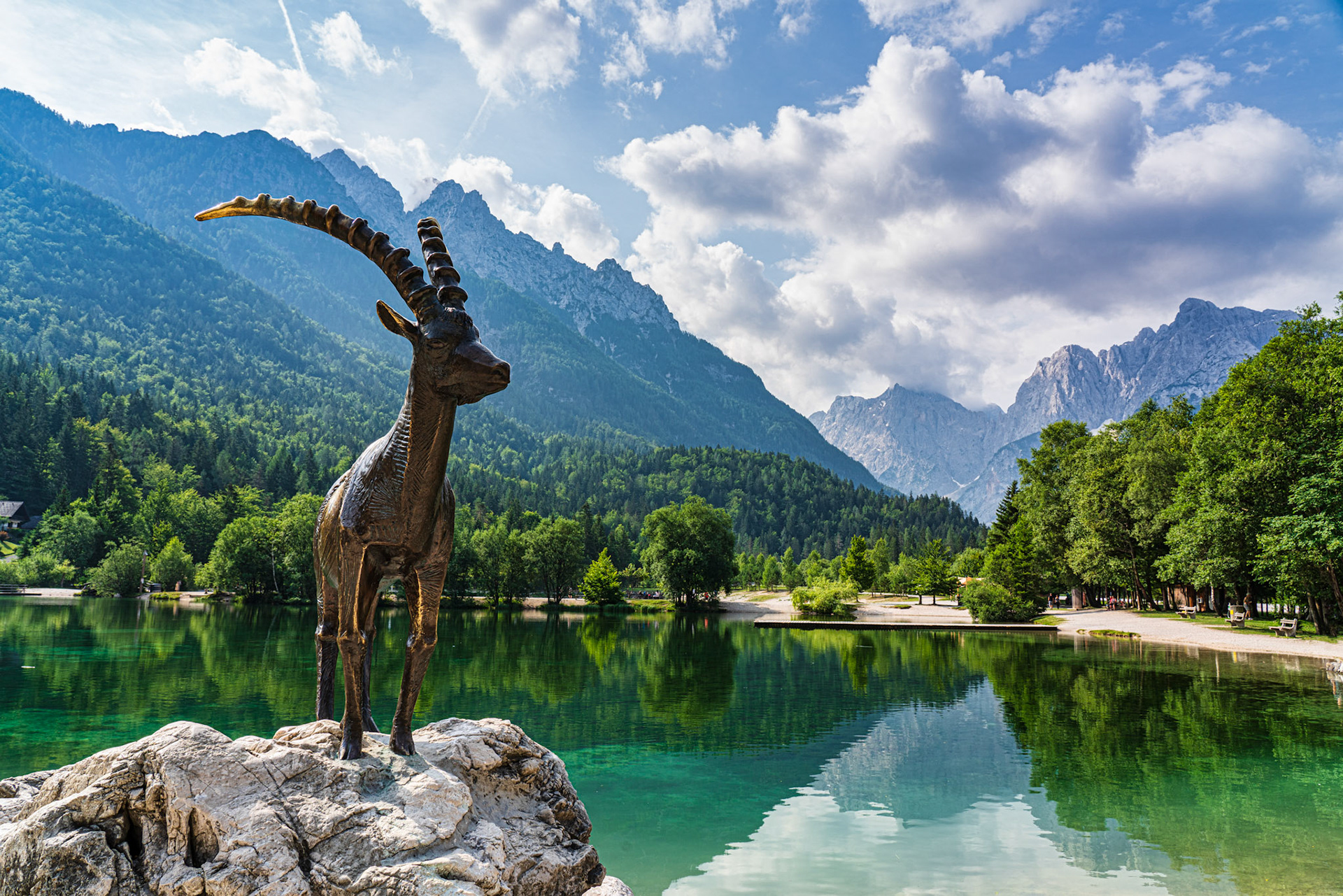
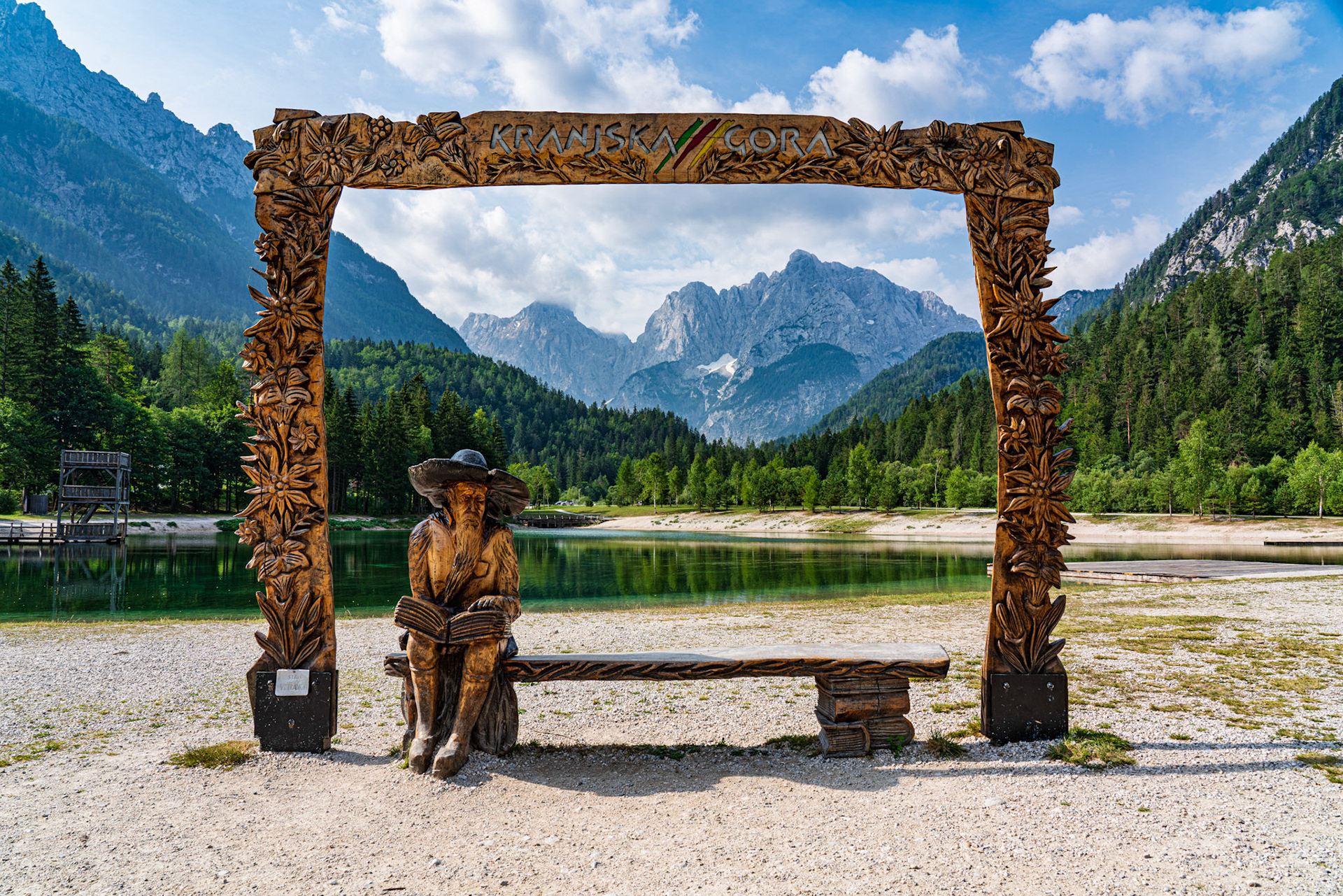

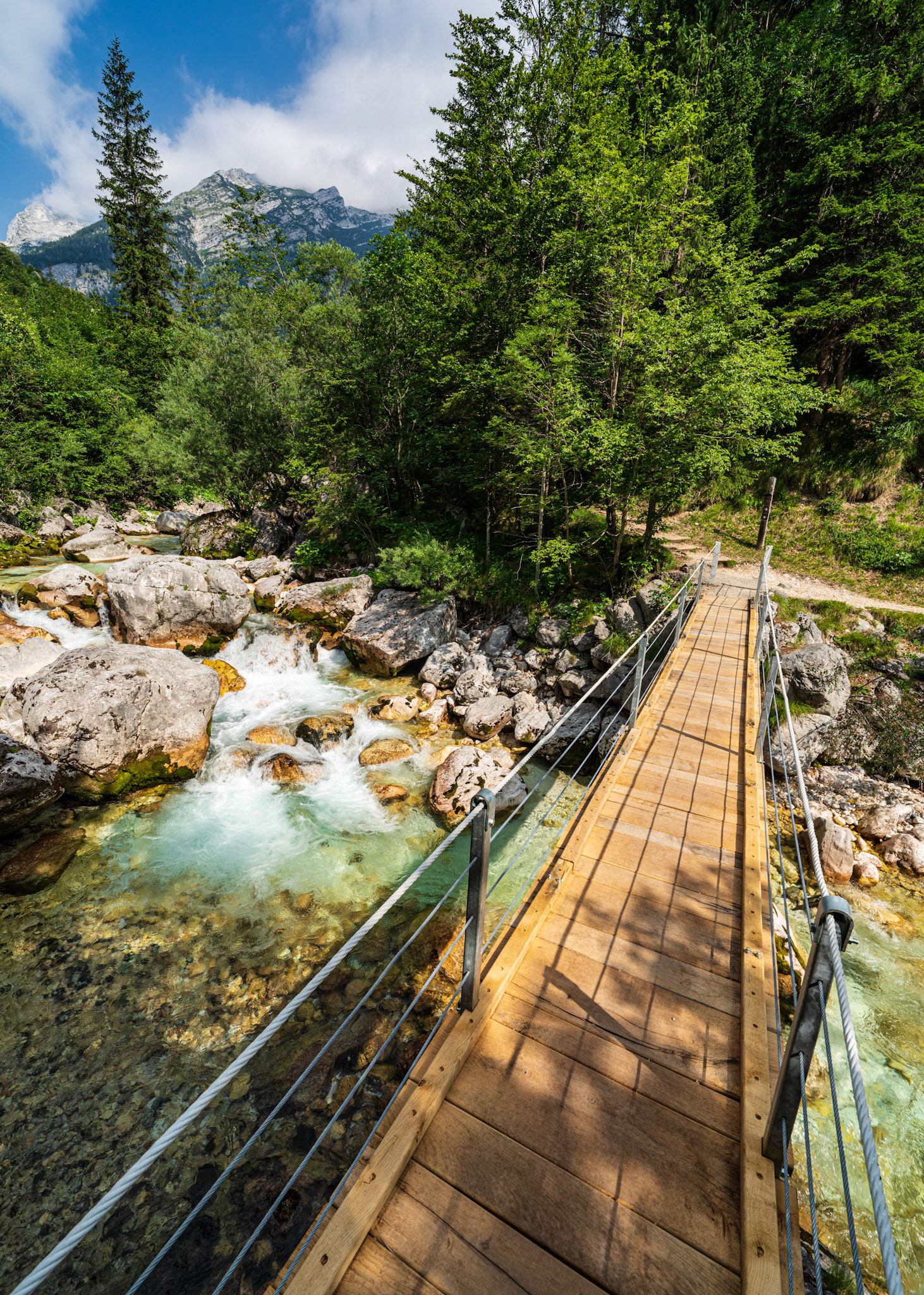
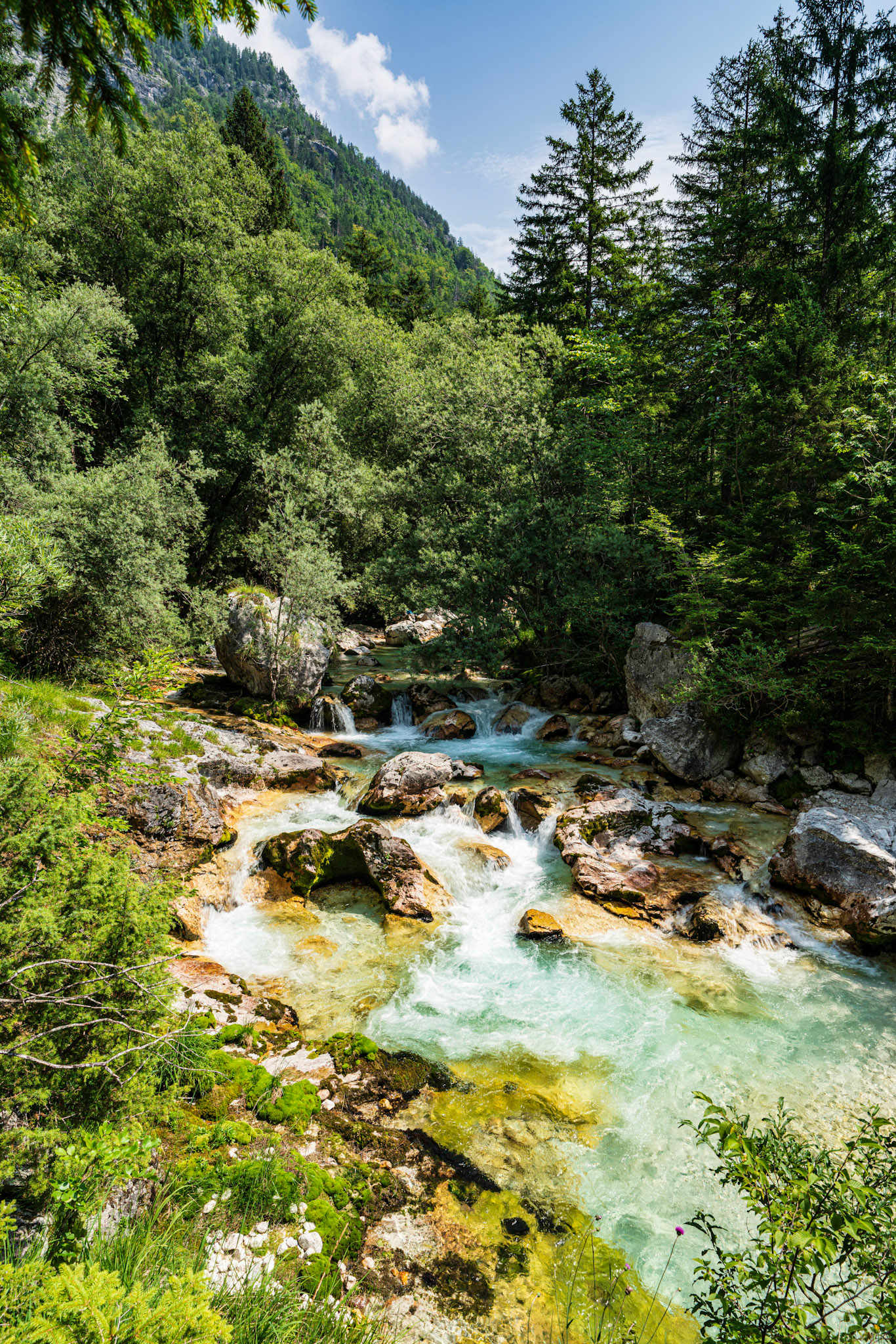

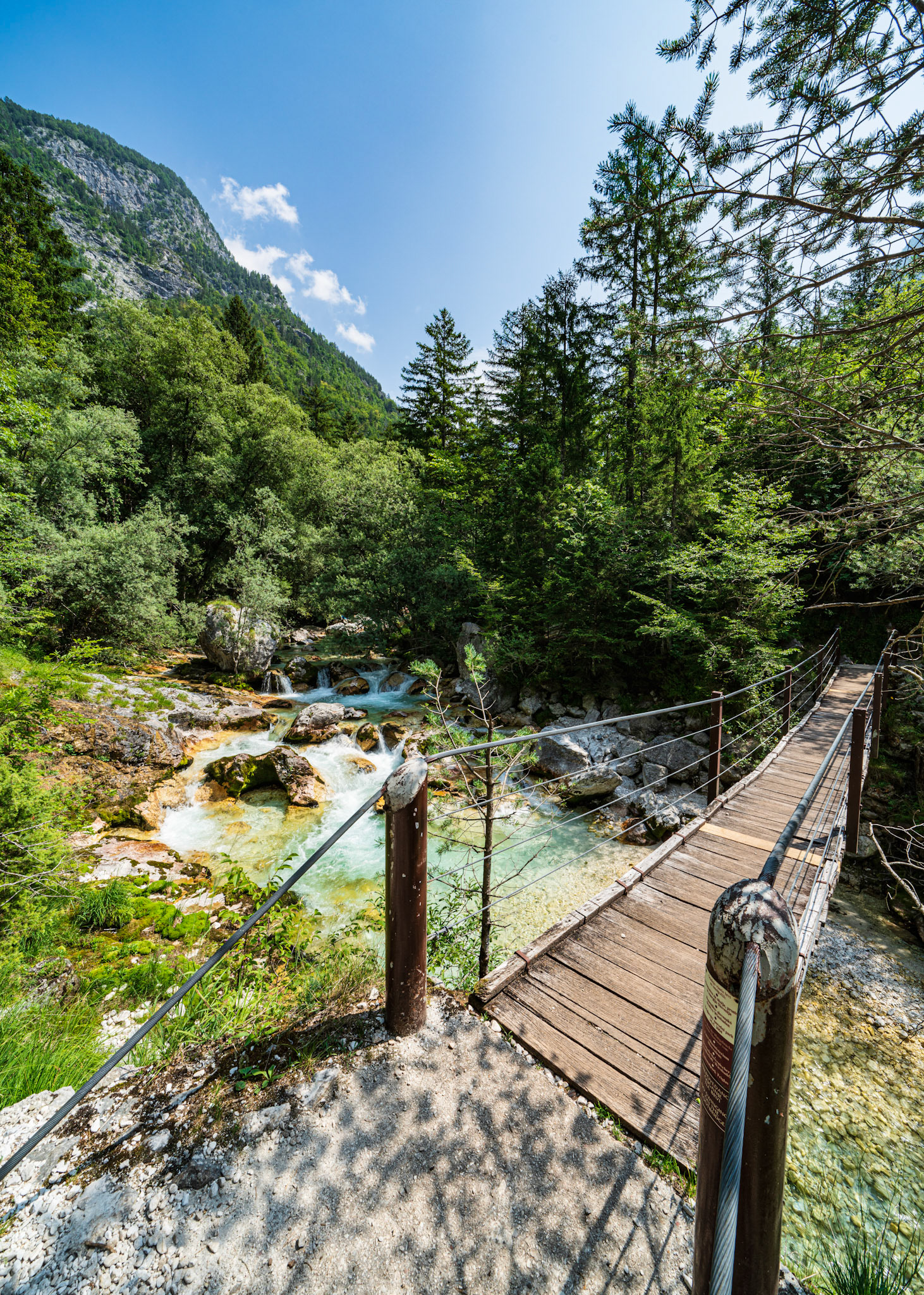

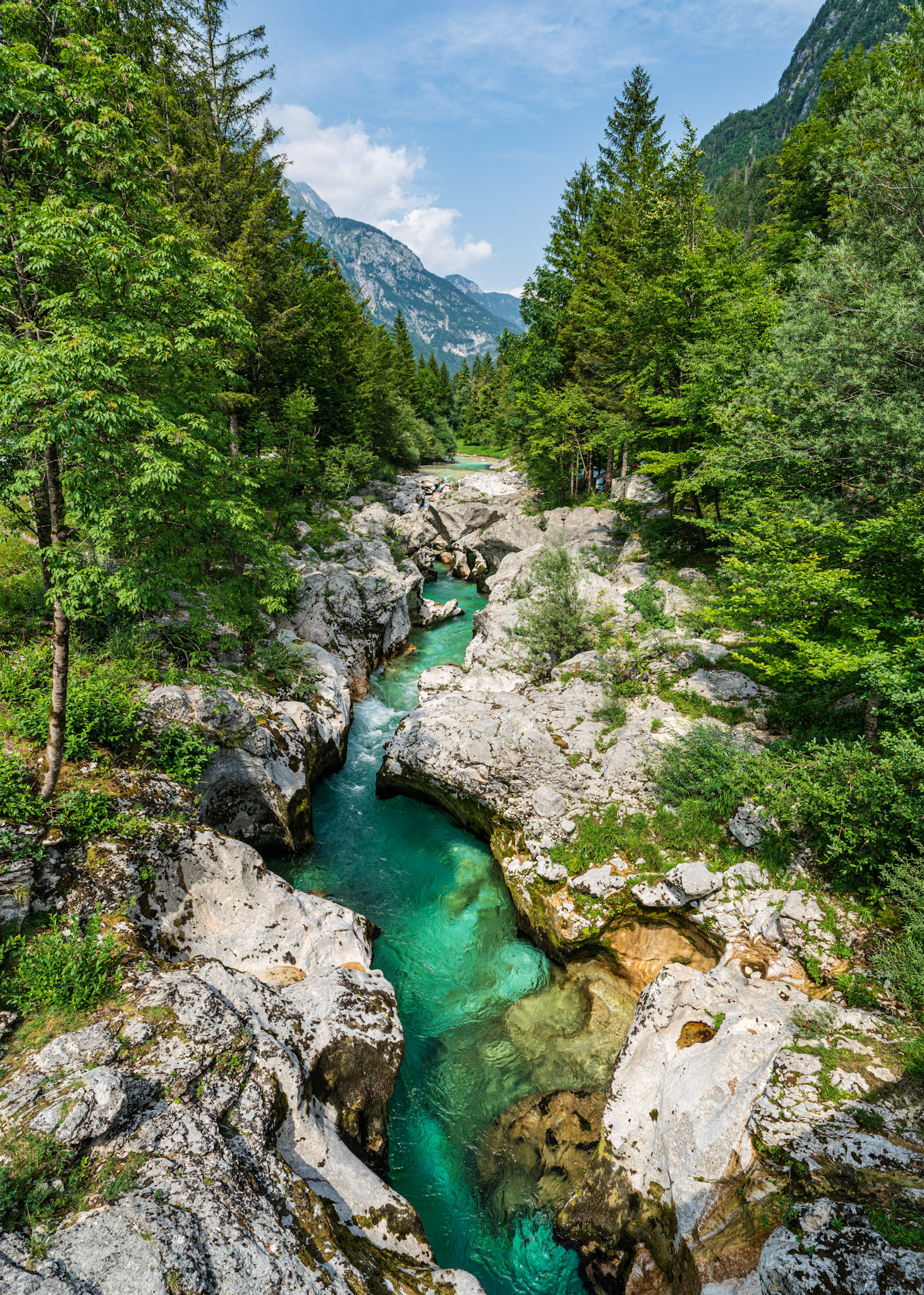
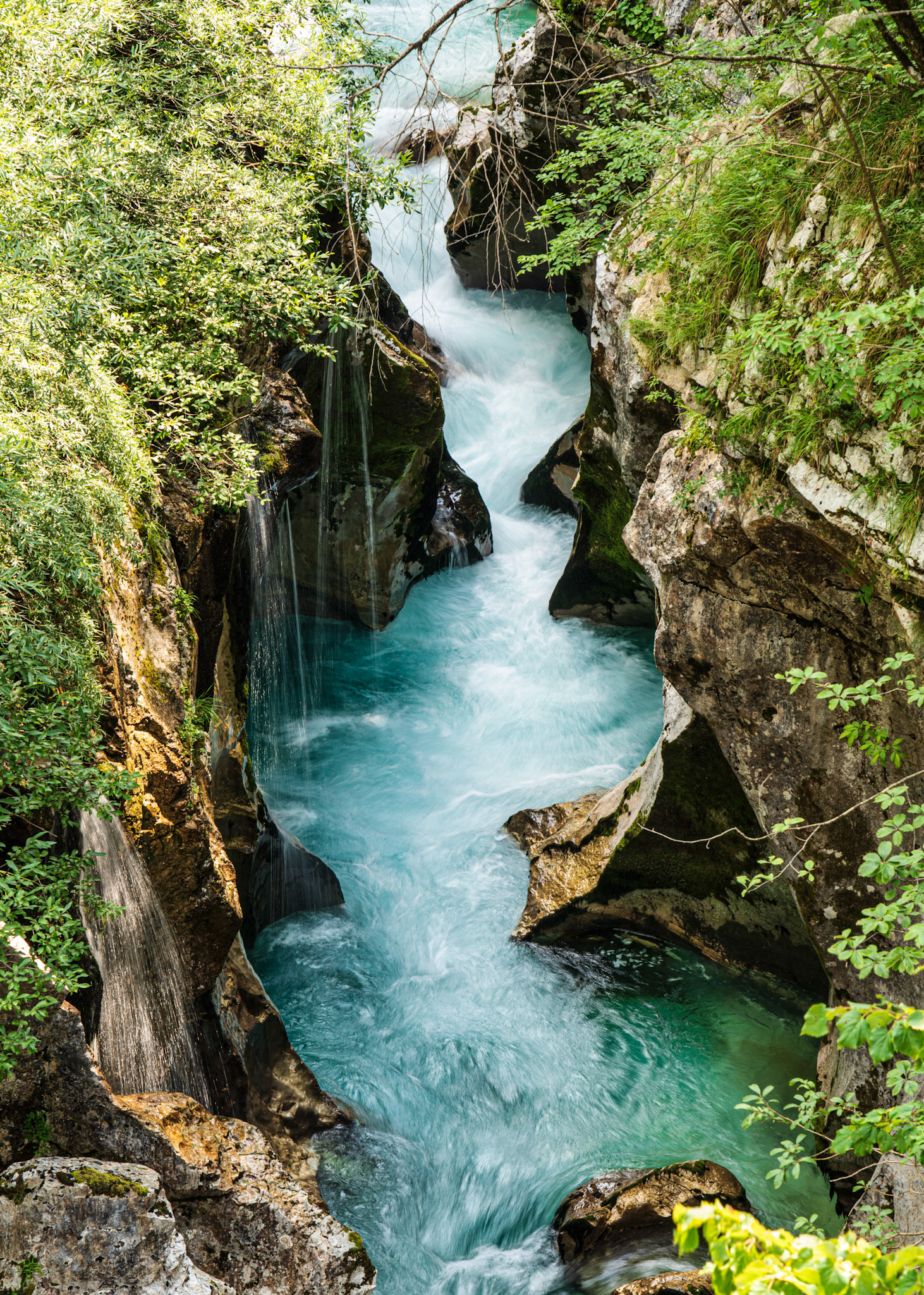
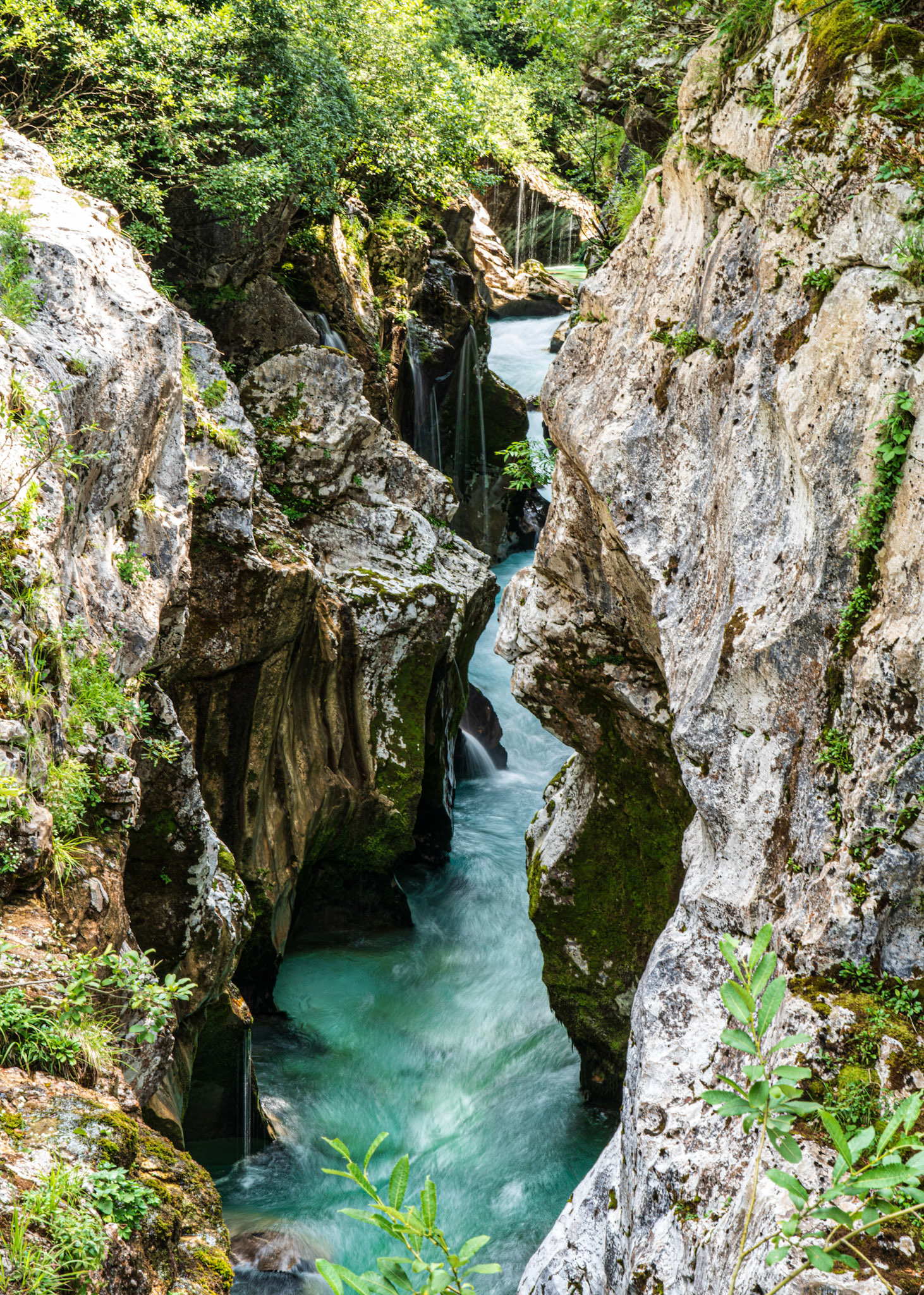
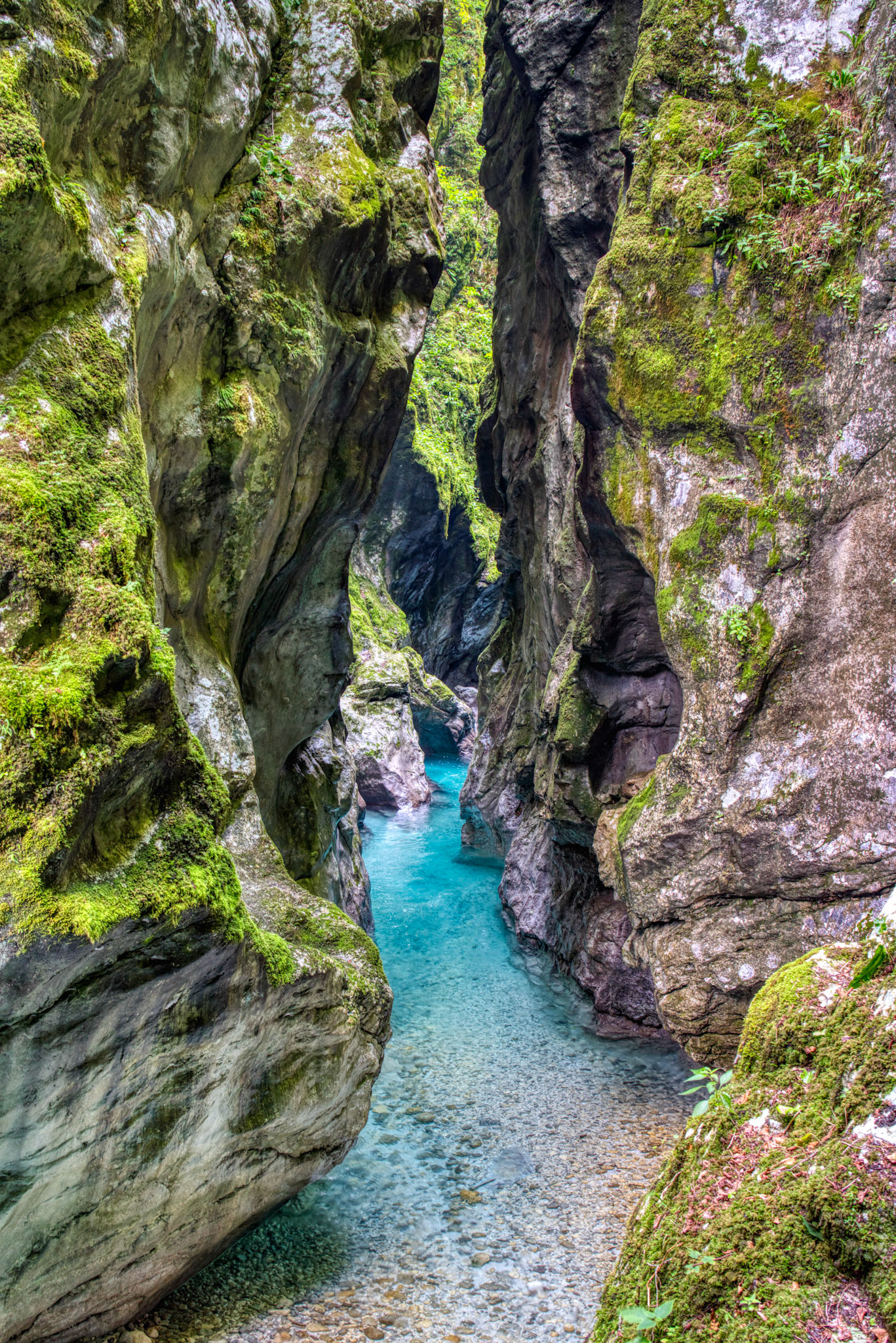

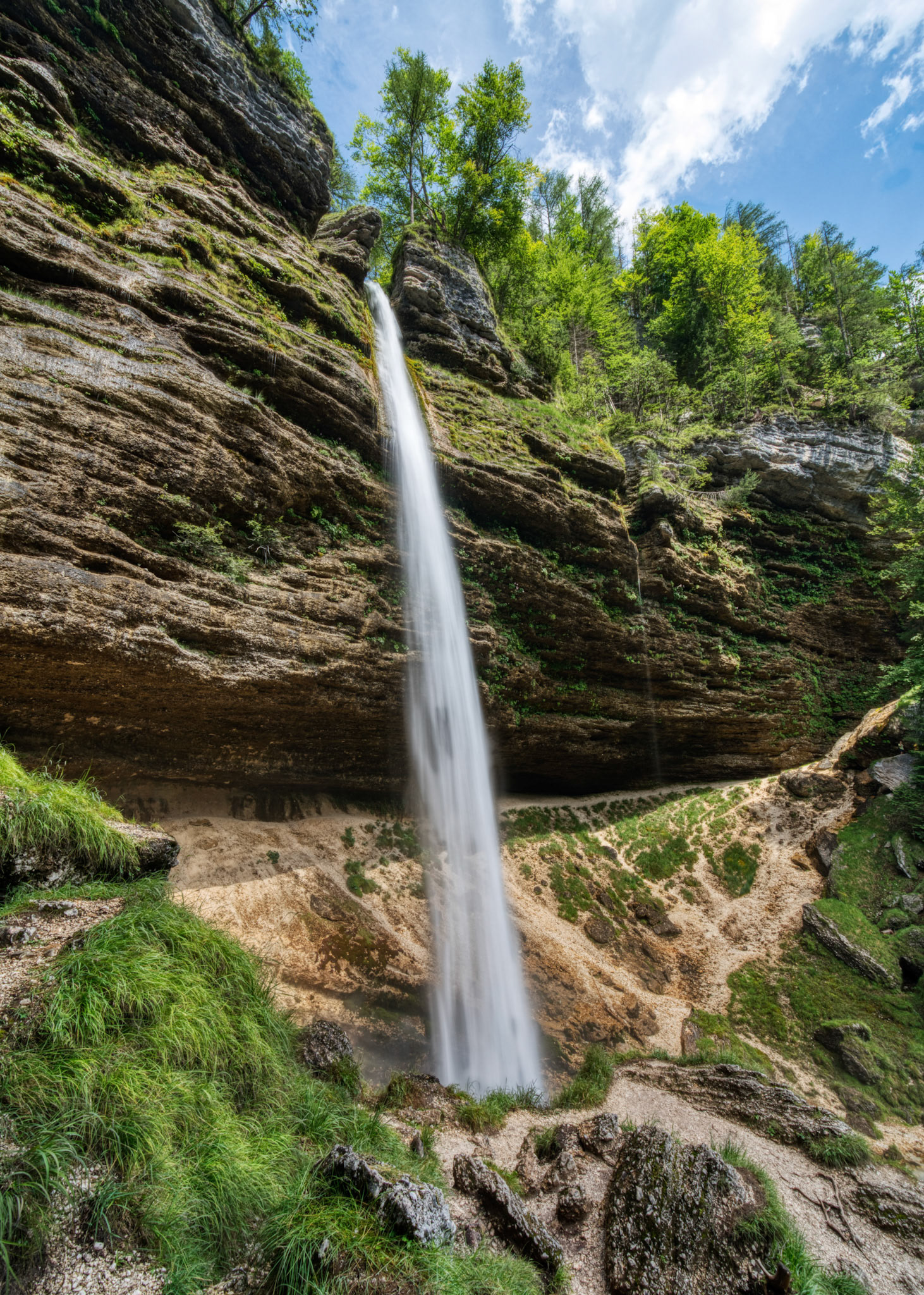
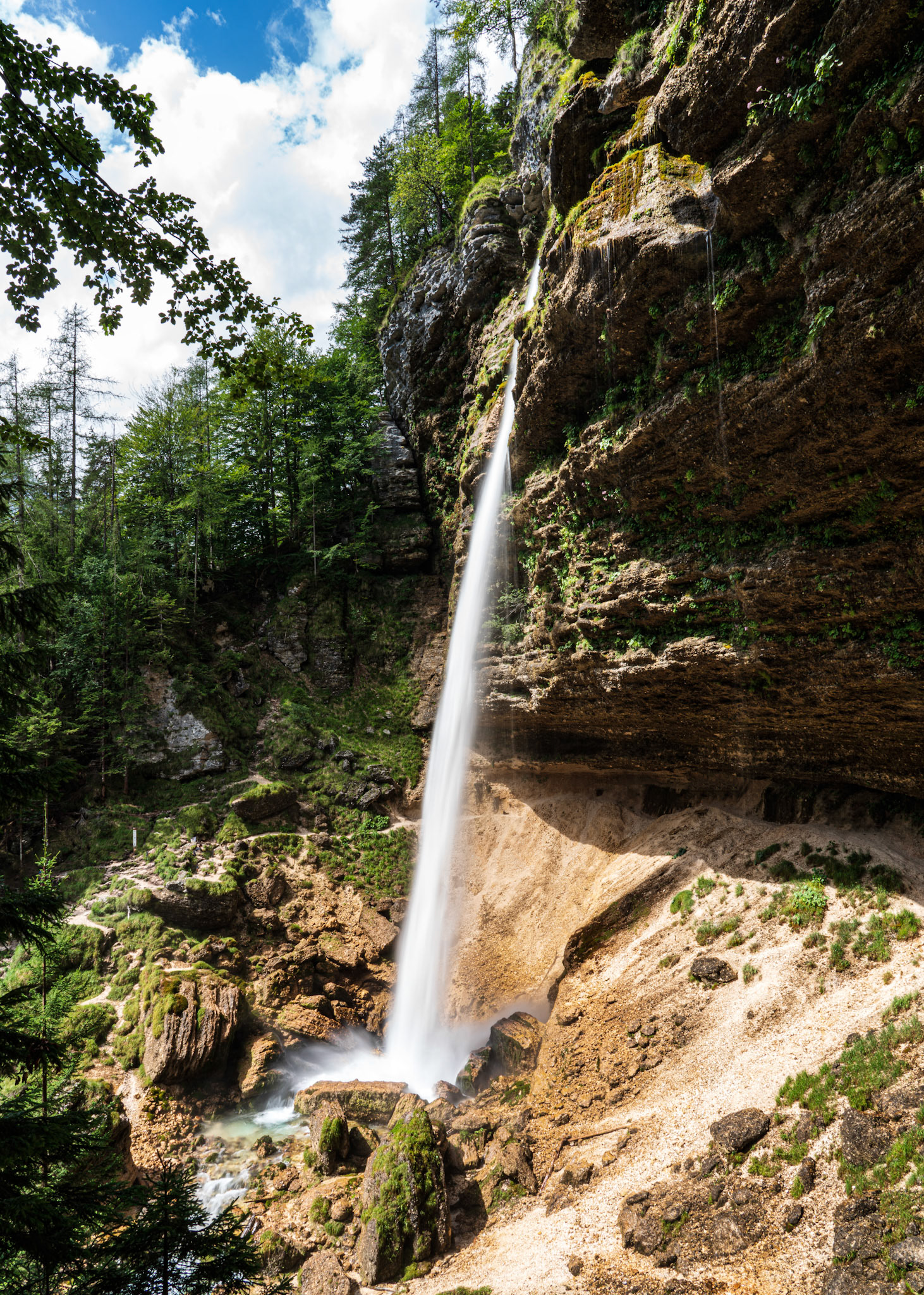
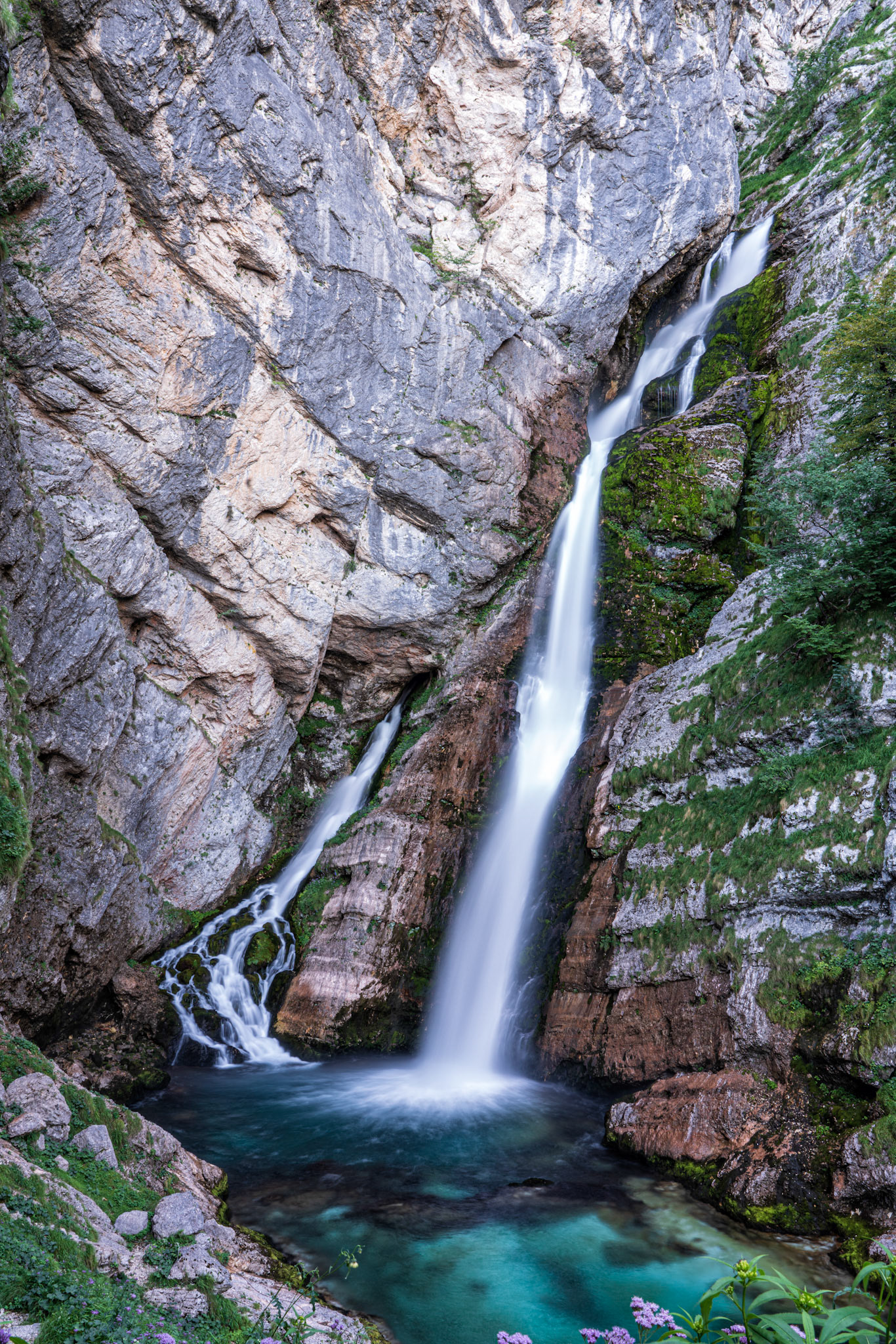

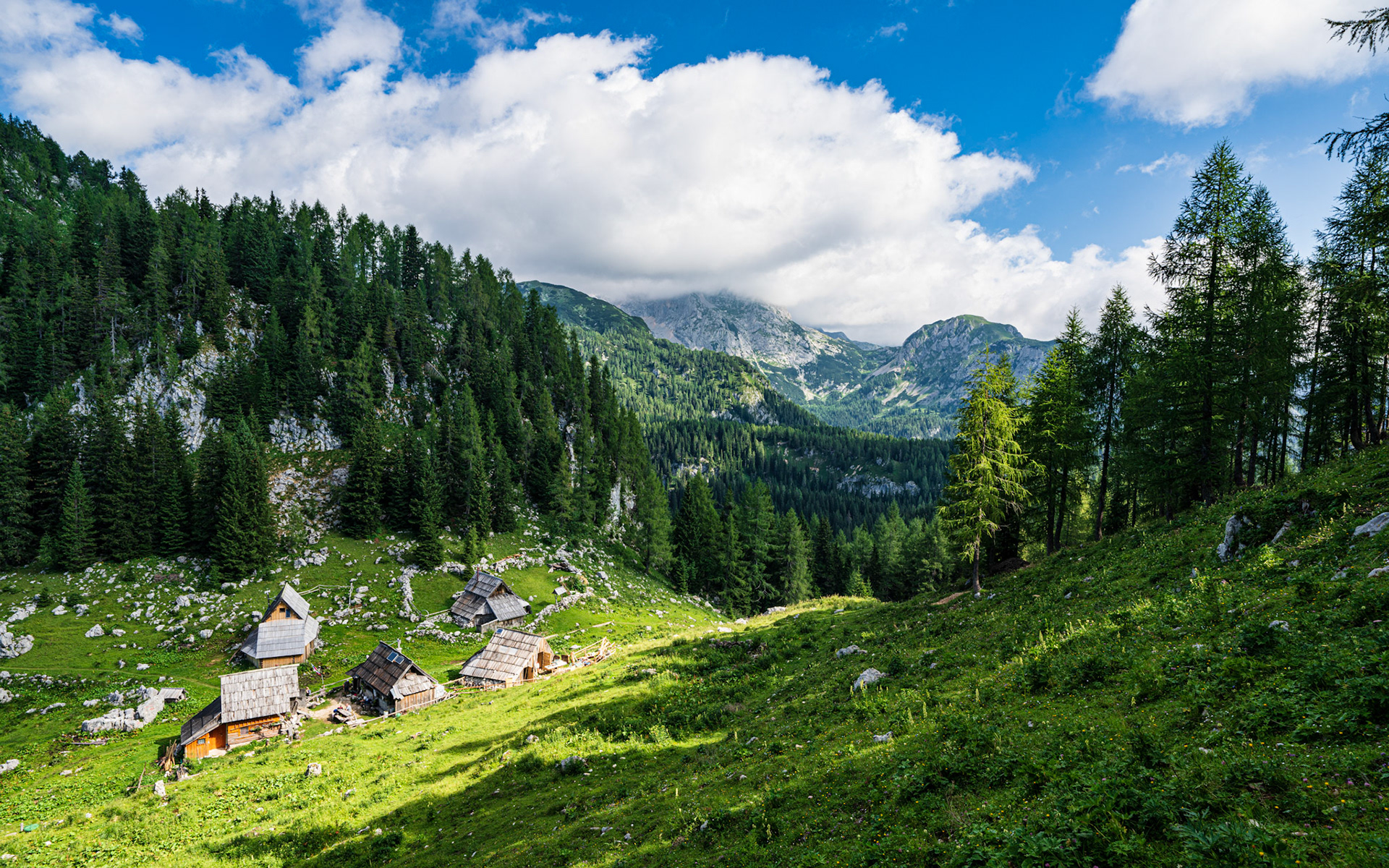
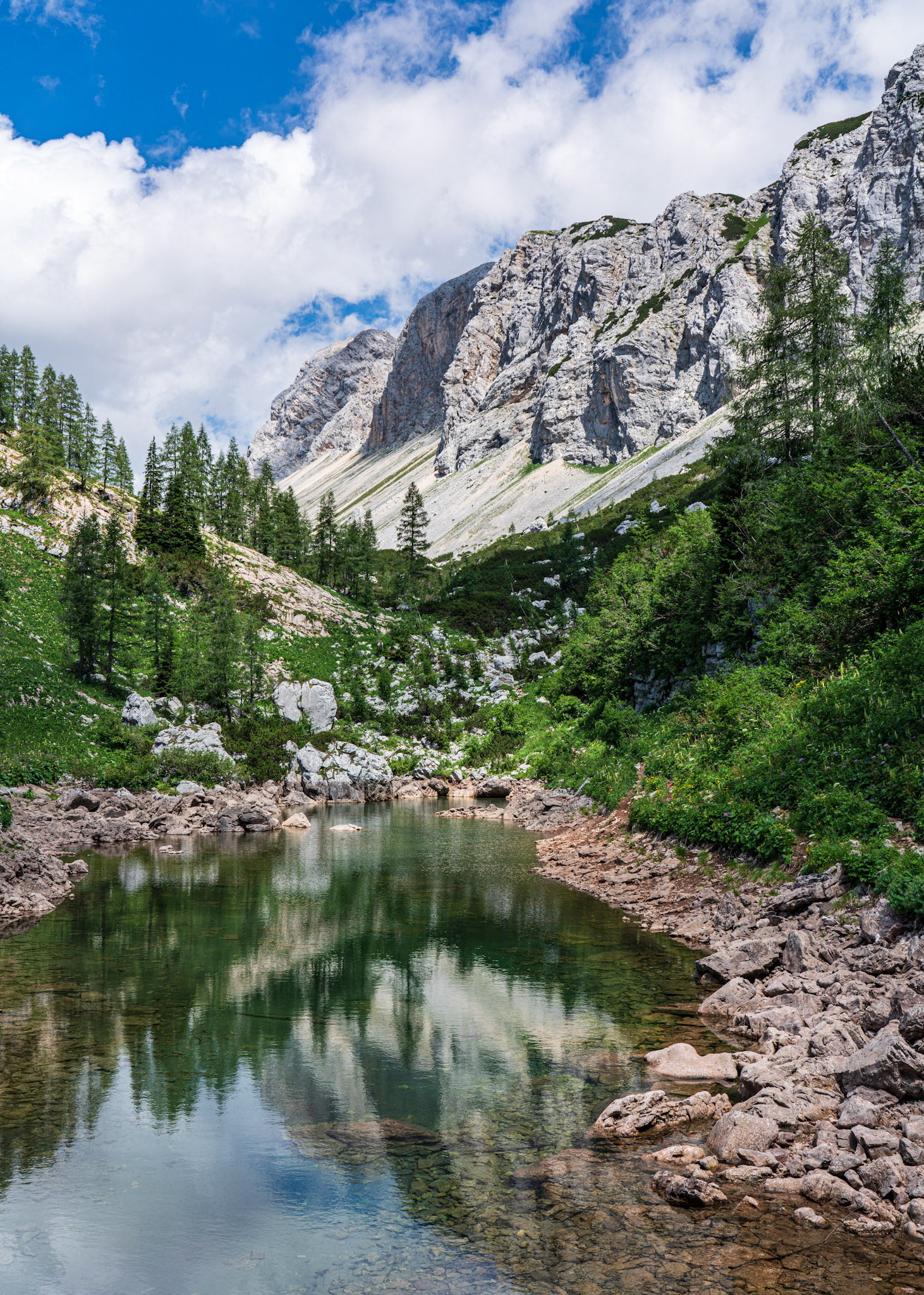



Lake Bled
Bled’s greatest attraction is its exquisite blue-green lake, measuring just 2km by 1.4km. The lake is lovely to behold from almost any vantage point, and makes a beautiful backdrop for the 6km walk along the shore. Mild thermal springs warm the water to a swimmable 22°C from June through August. The lake is naturally the focus of the entire town: you can rent rowing boats, splash around on stand-up paddleboards (SUPs) or simply snap countless photos.
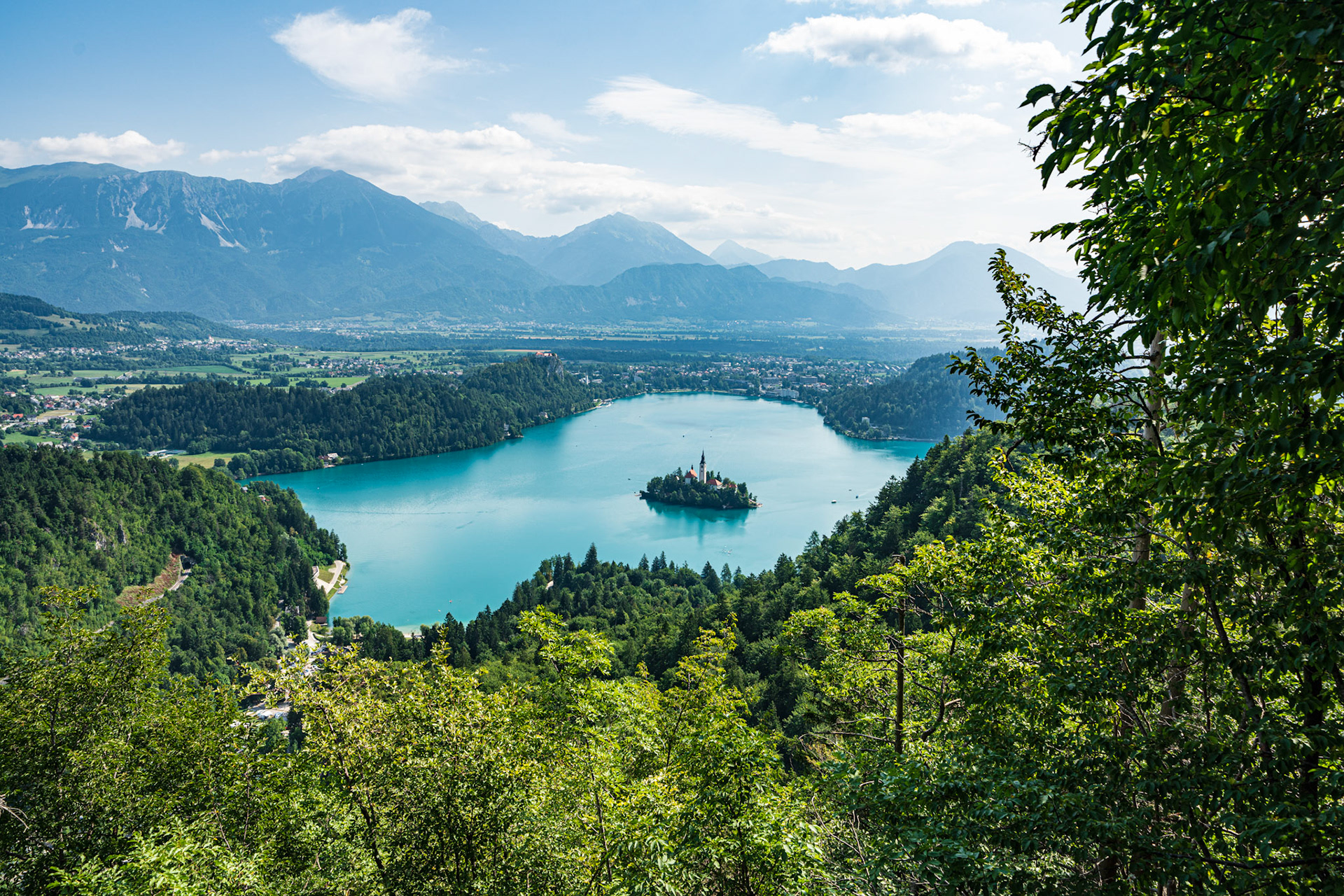
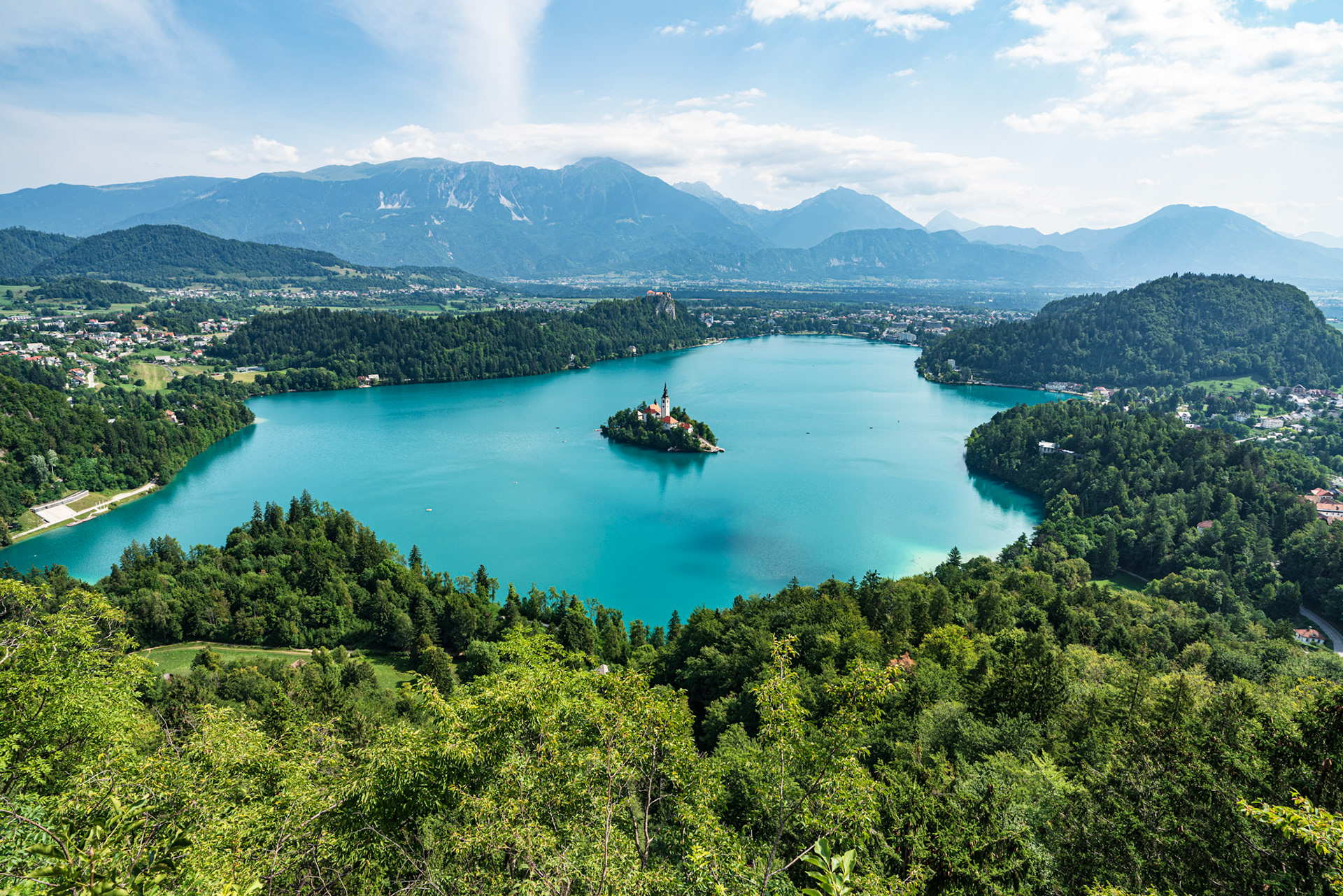


Postojna Cave
The jaw-dropping Postojna Cave system, a series of caverns, halls and passages some 24km long and two million years old, was hollowed out by the Pivka River, which enters a subterranean tunnel near the cave’s entrance.
Postojna Cave has a constant temperature of 8°C to 10°C, with 95% humidity, so a warm jacket and decent shoes are advised.
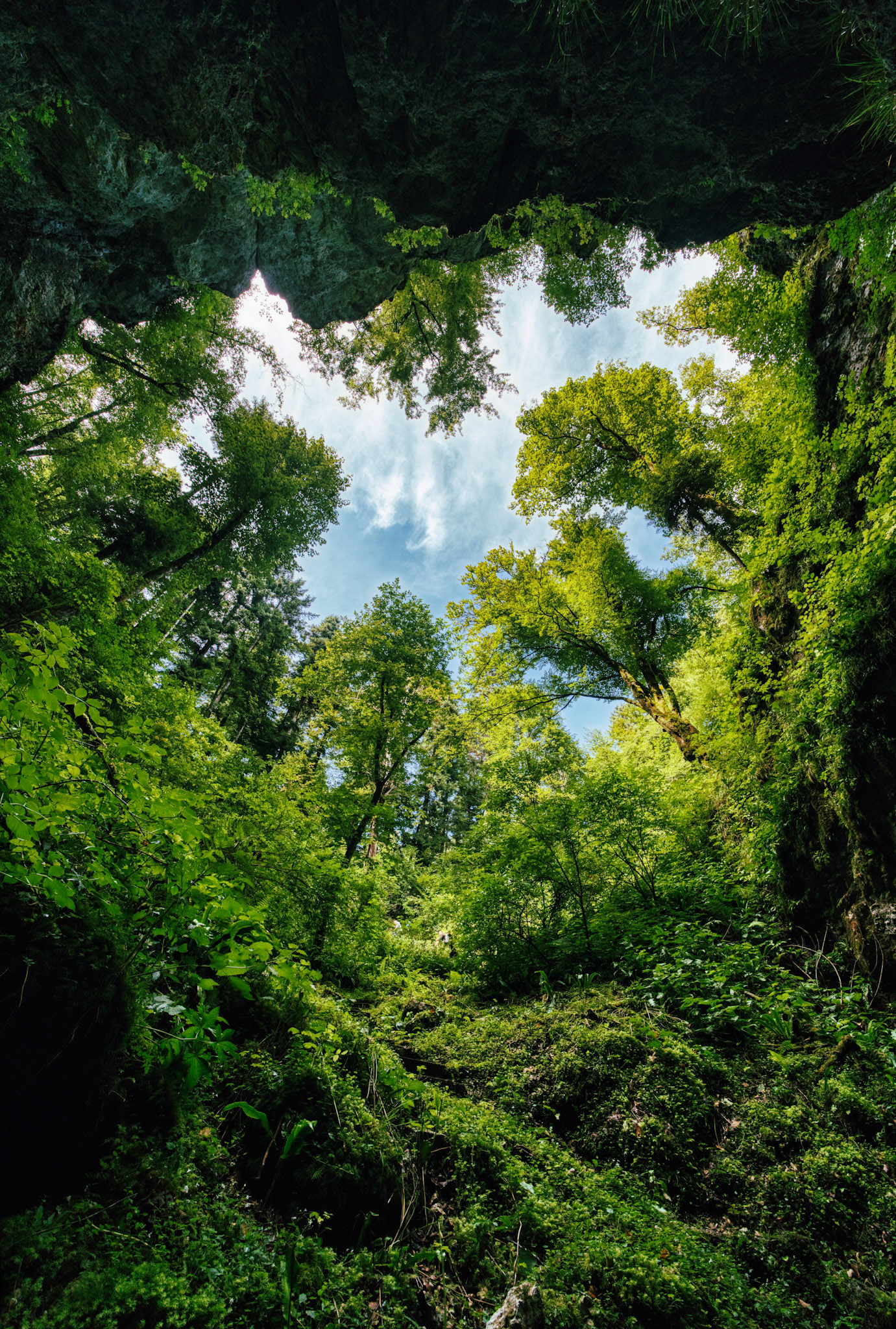
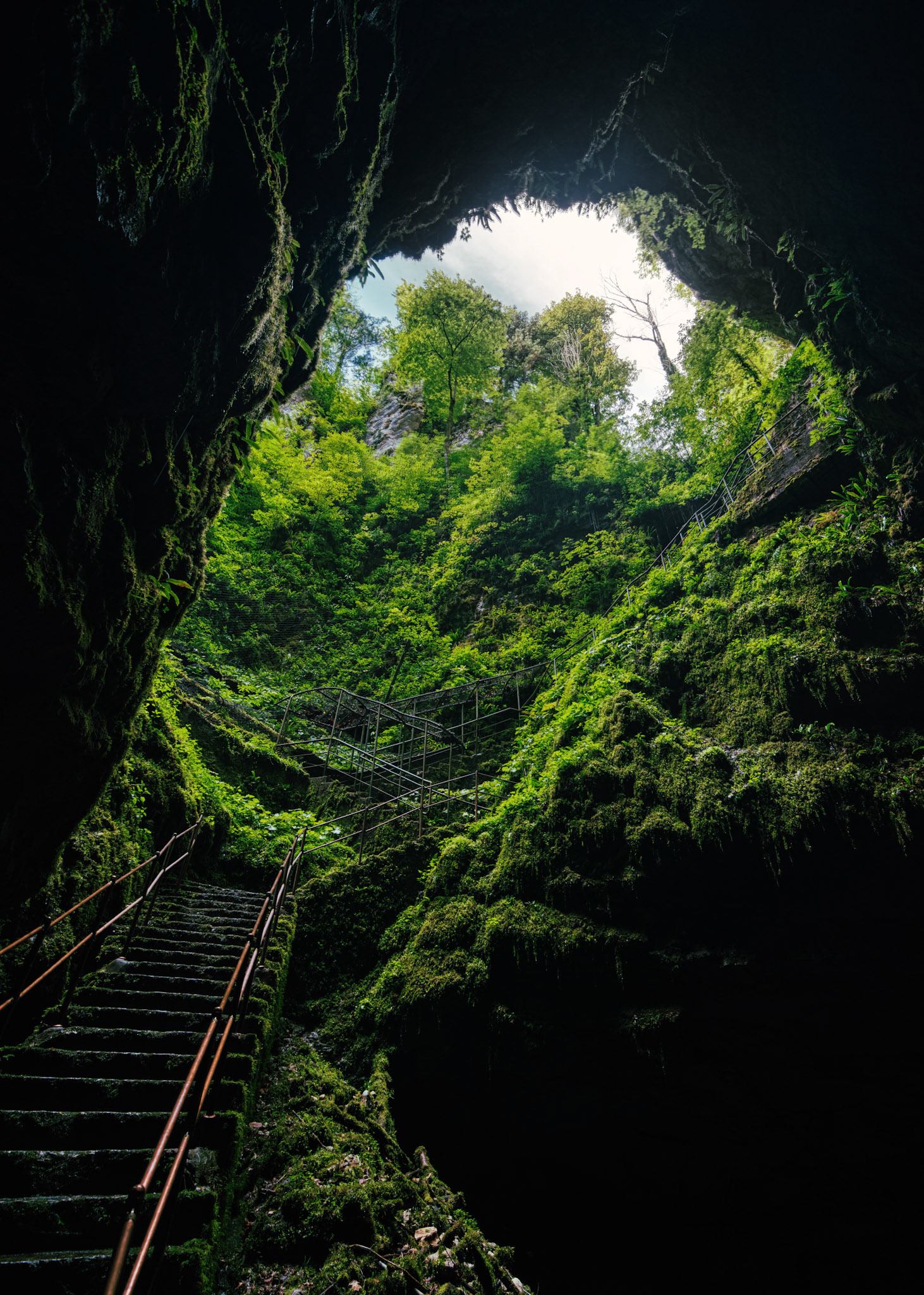
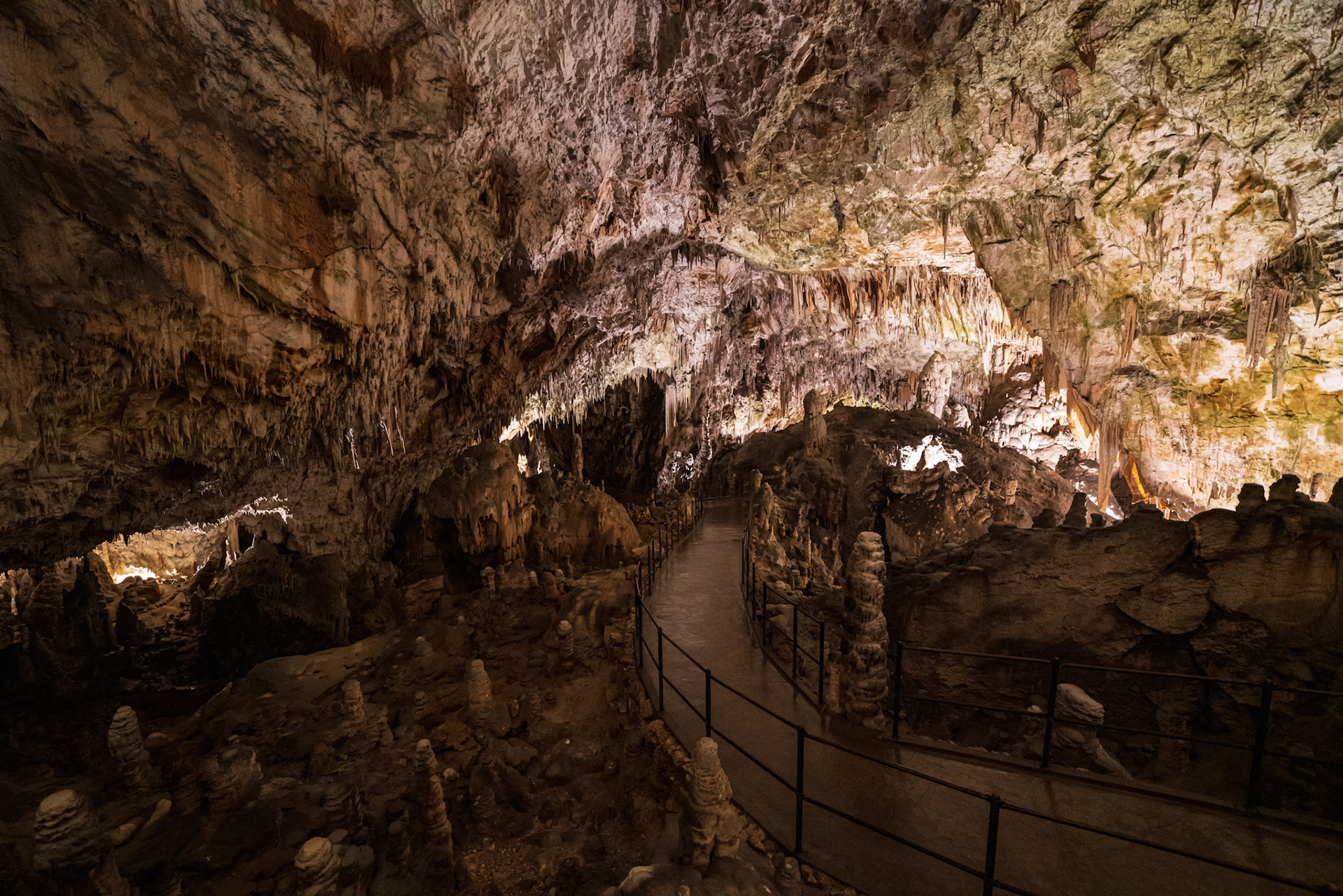
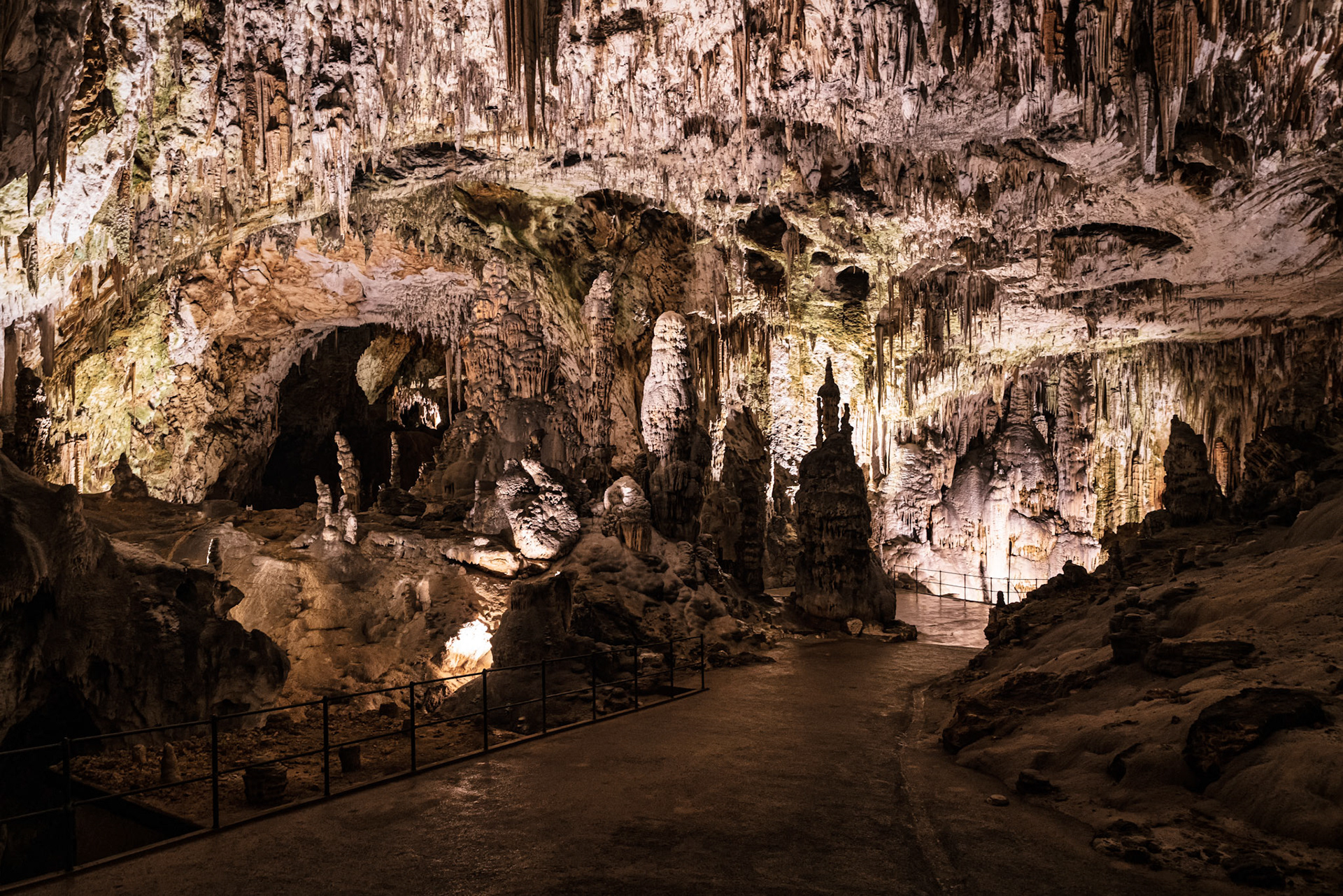
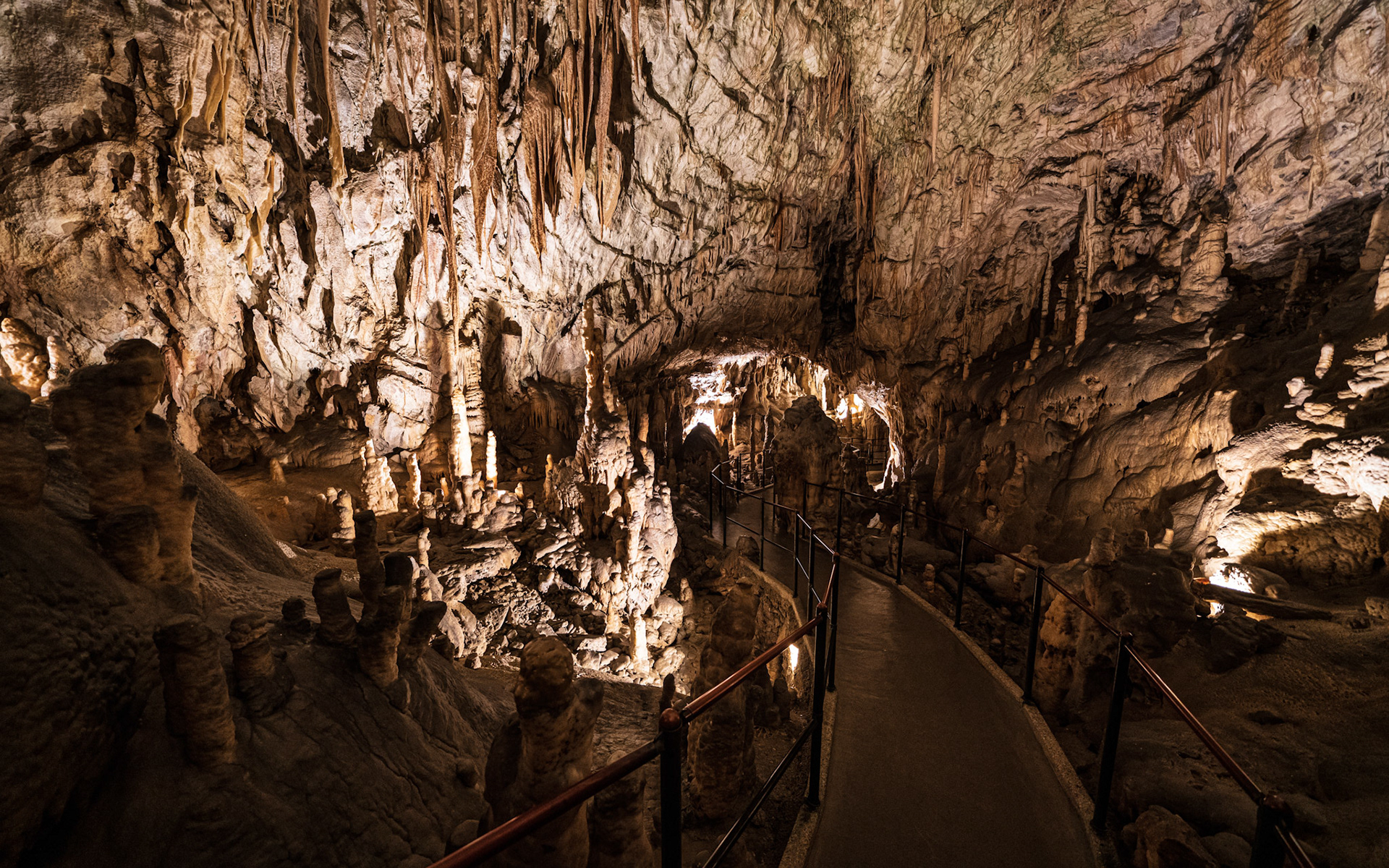
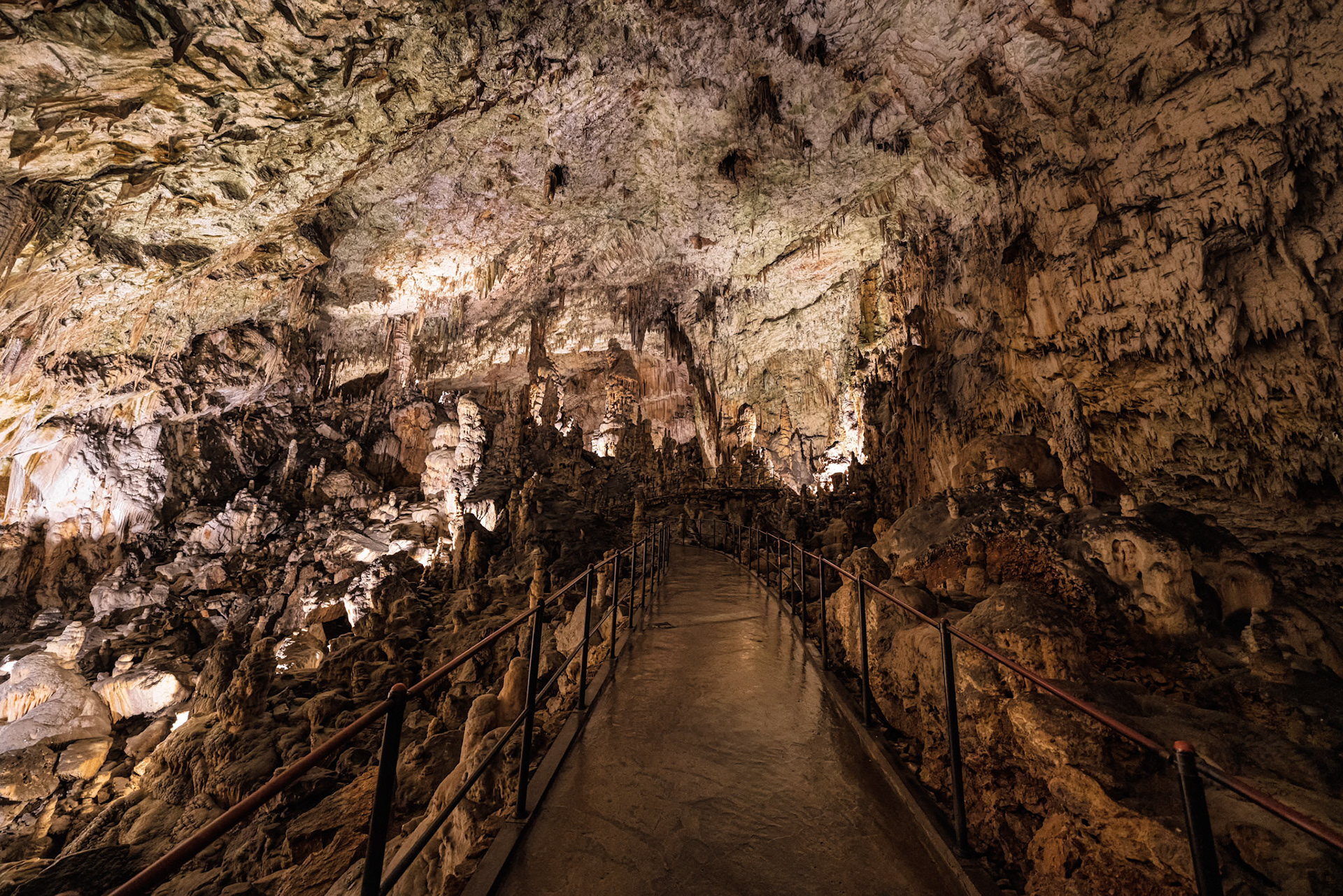
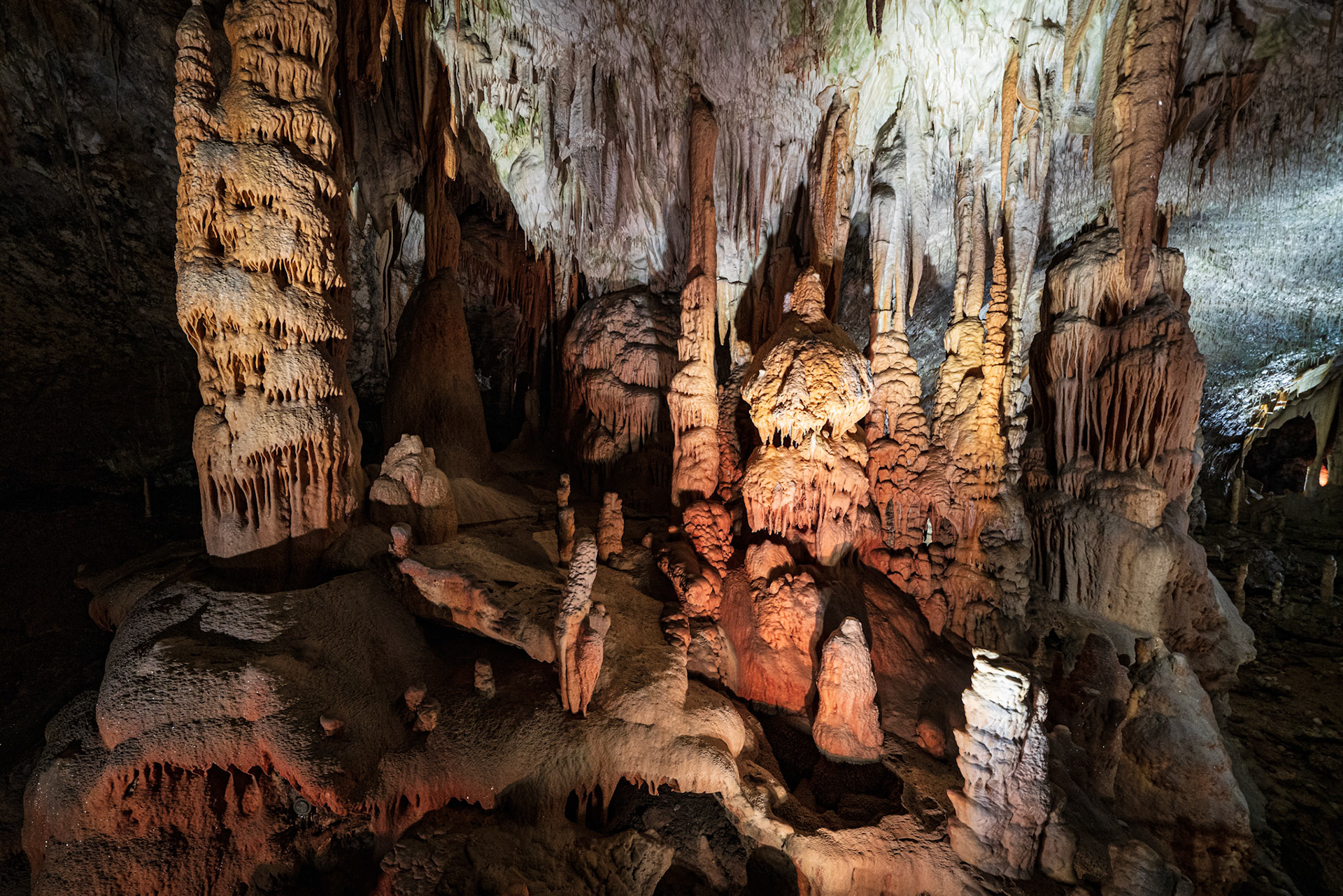
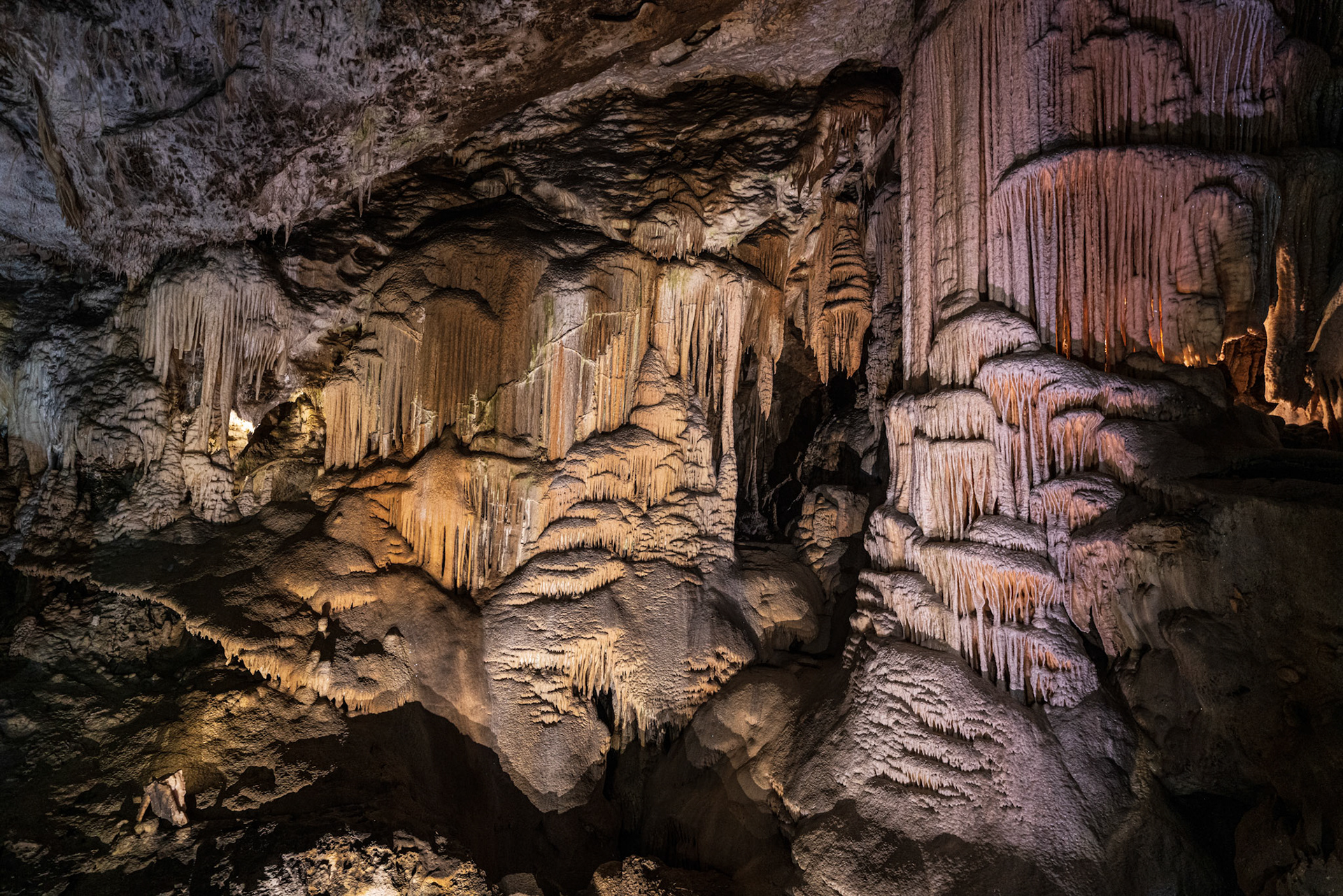
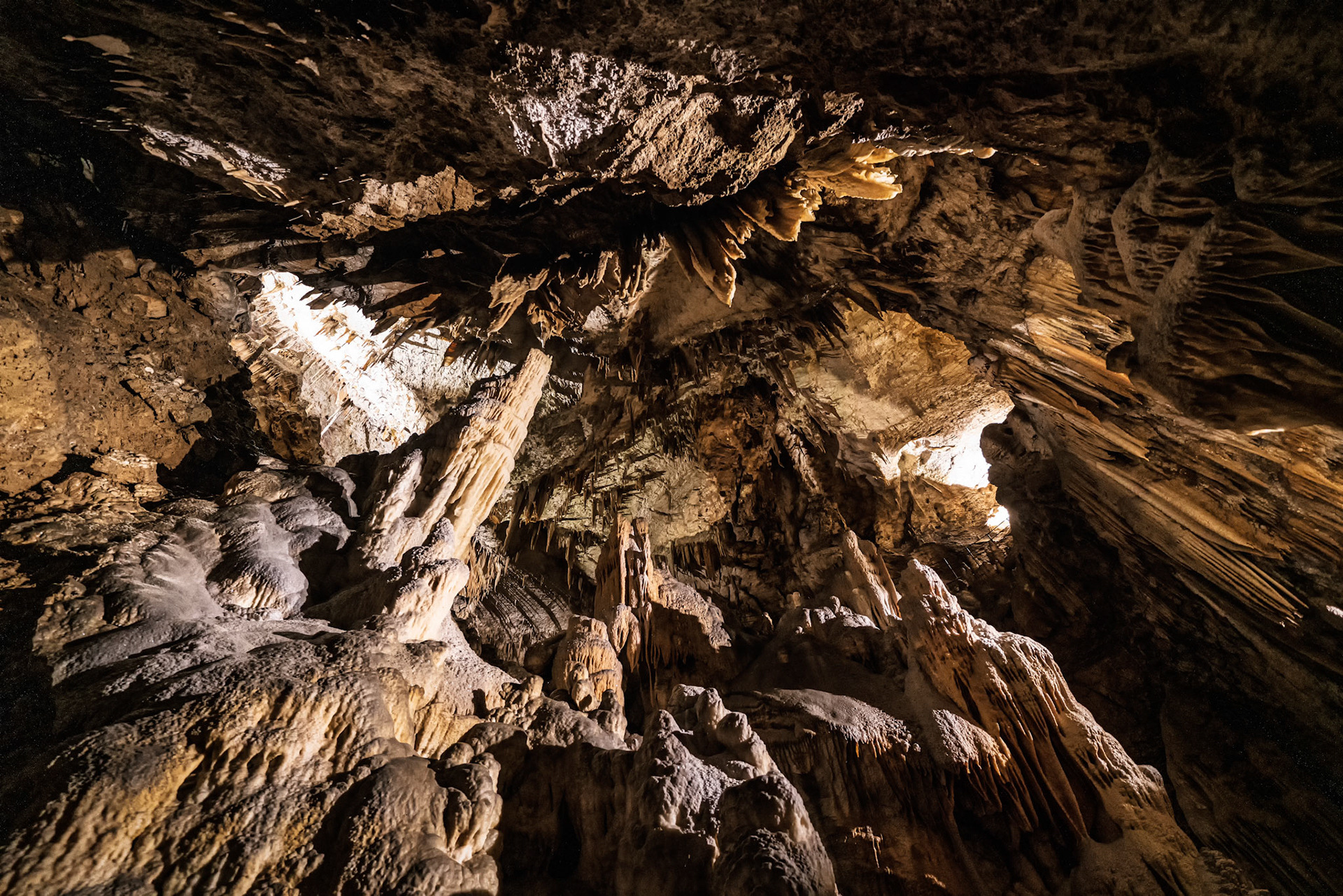

Skocjan Caves
Touring the huge, spectacular subterranean chambers of the 6km-long Skocjan Caves is a must. This remarkable cave system was carved out by the Reka River, which enters a gorge below the village of Skocjan and eventually flows into the Dead Lake, a sump at the end of the cave where it disappears.
Velika Planina
Velika Planina is where traditional dairy farmers graze their cattle between June and September, and the pastures are scattered with around 60 traditional shepherds' huts (and the tiny Church of Our Lady of the Snows) unique to the area.
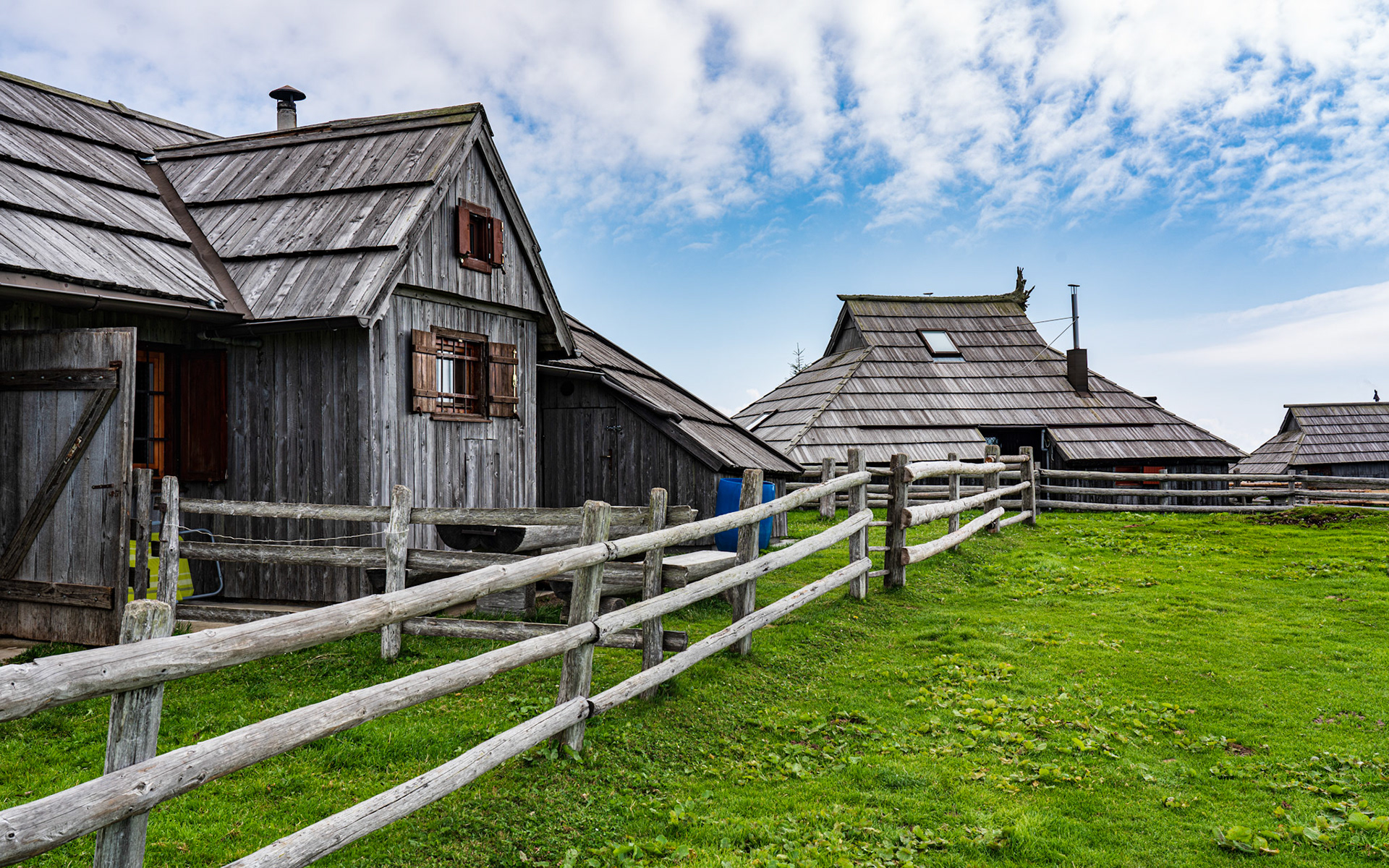
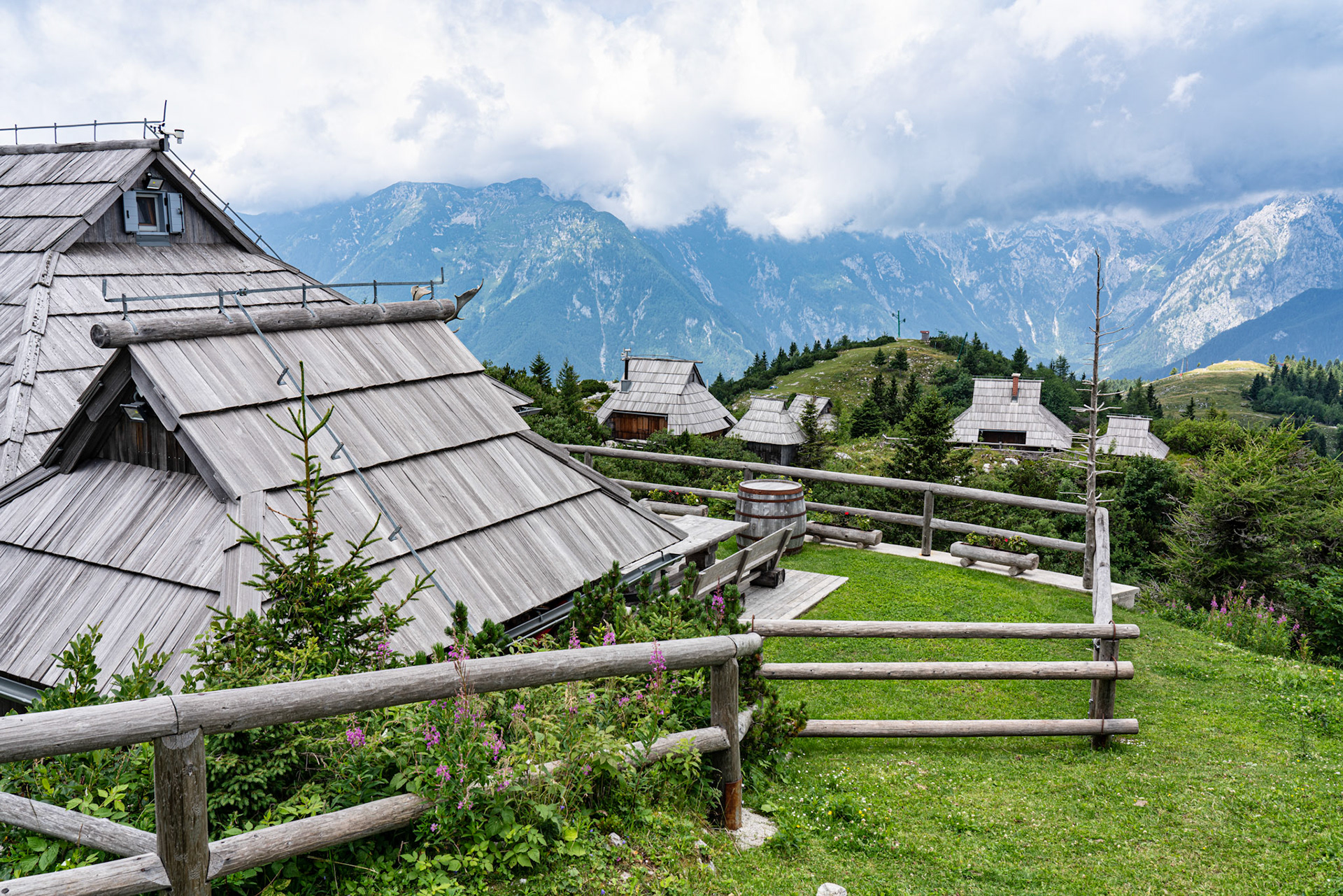
Piran
The old port town with remnants of a medieval wall is protected as a cultural and historical monument. Narrow streets with closely constructed houses descending from the hill and its church to the central square on the coast only emphasis its Mediterranean character. This worldly coastal town, which developed under the influence of Venice, is considered to be one of the most authentic and most photogenic towns on the Adriatic coast.
